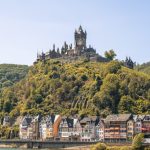Hello everyone , today’s duty is taken over by the sun-kissed Leilei.
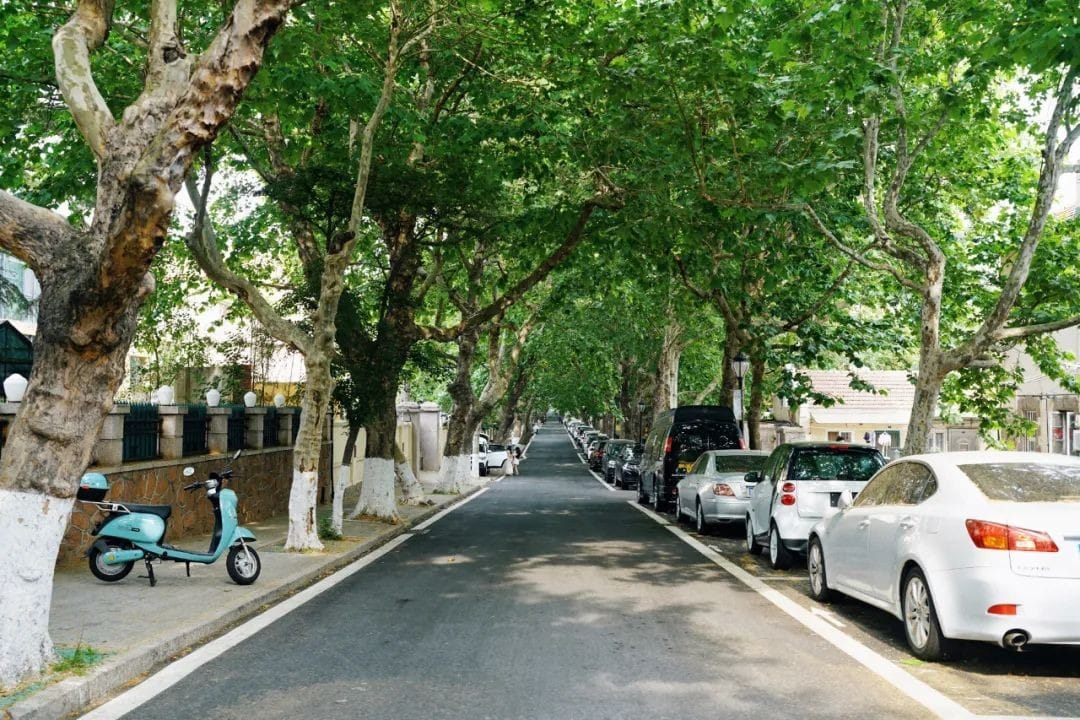
Last month, before the “divine beasts” (children) were released from school, I took another trip to Qingdao.
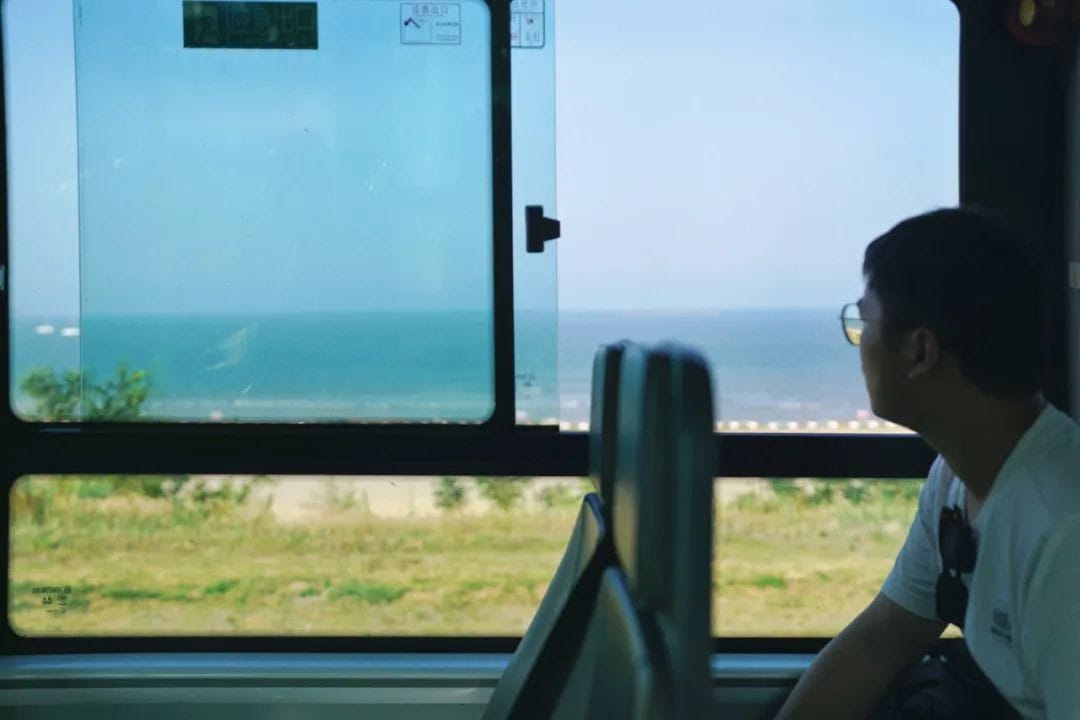
Although July’s sunshine in Qindao is overly enthusiastic, it feels as refreshing as Qingdao beer. Summer, after all, should be spent by the seaside!
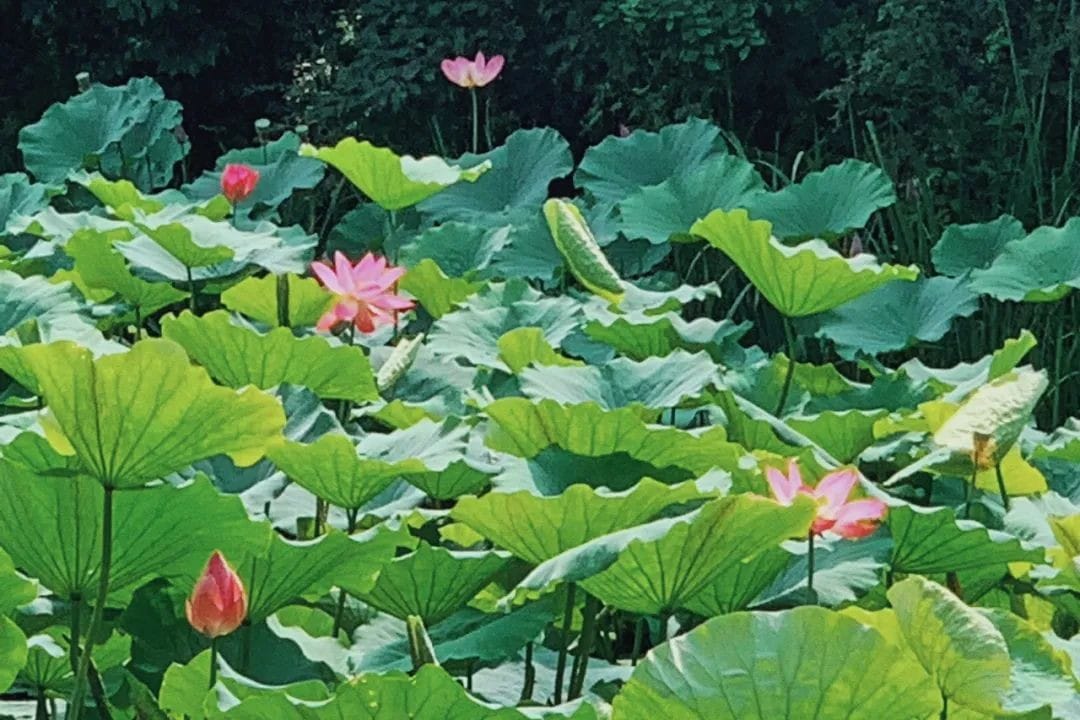
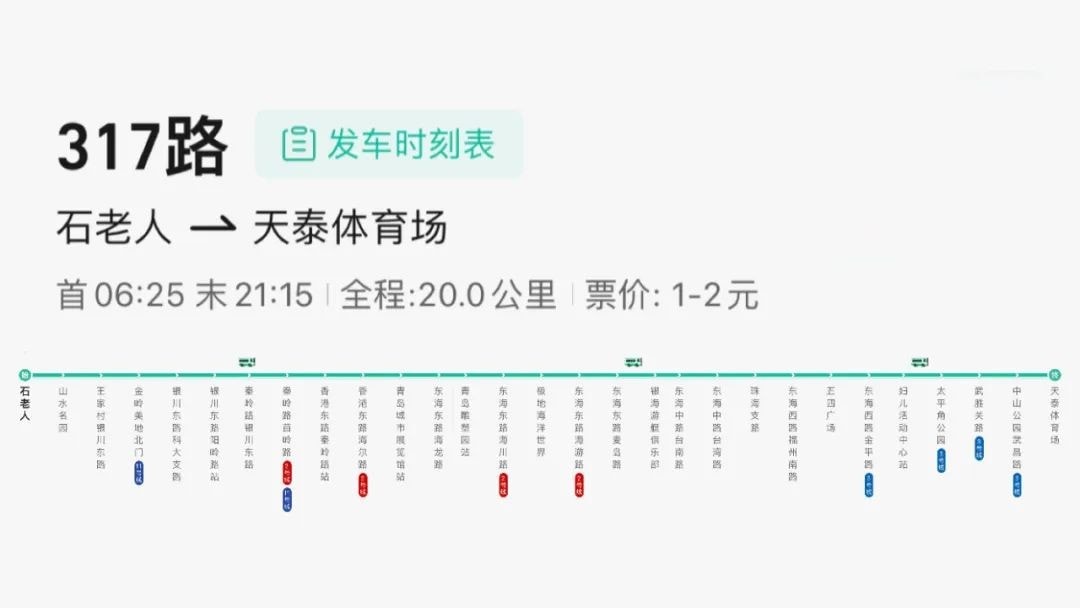
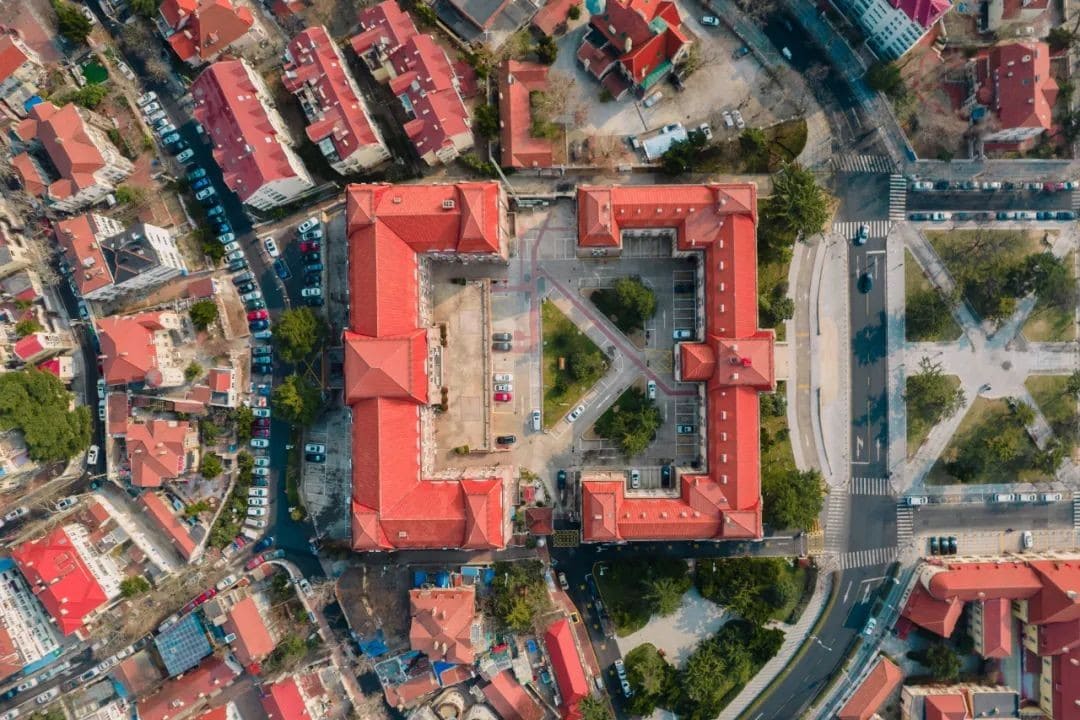
This was my third visit to Qingdao, and I no longer had the burden of visiting tourist spots as a KPI. Instead, I opted for a less efficient mode of transportation—taking the bus.
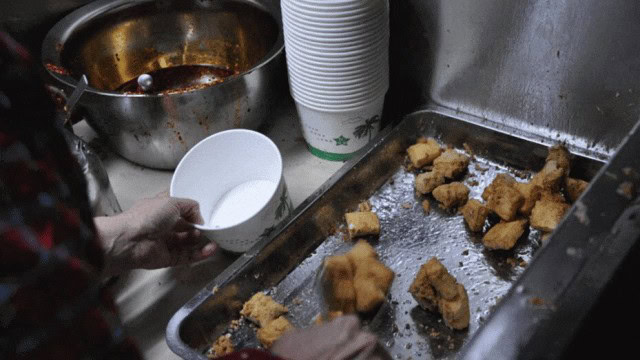
In fact, for a seasoned tourist city like Qingdao, the bus routes are not only compact and reasonable but also incredibly fun!
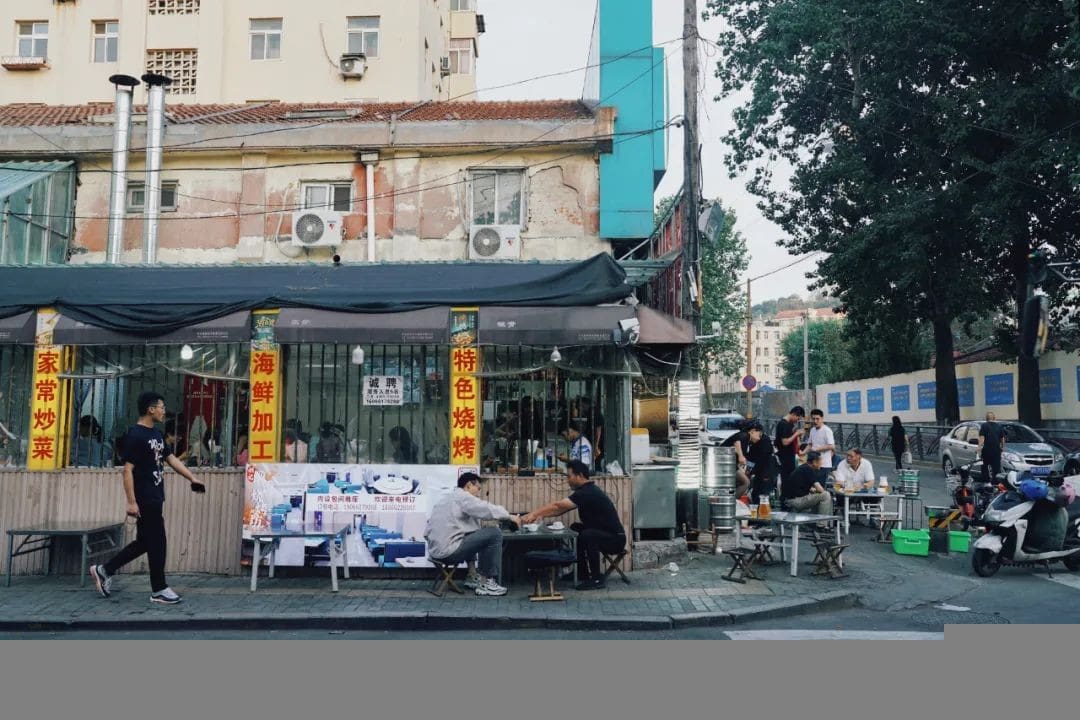
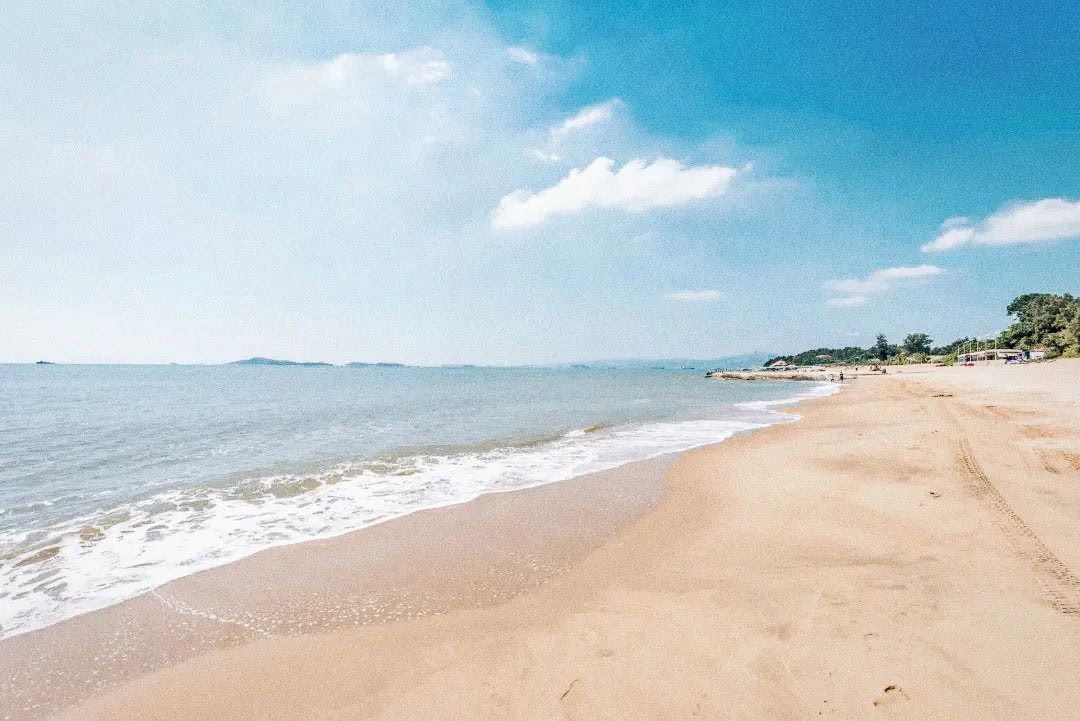
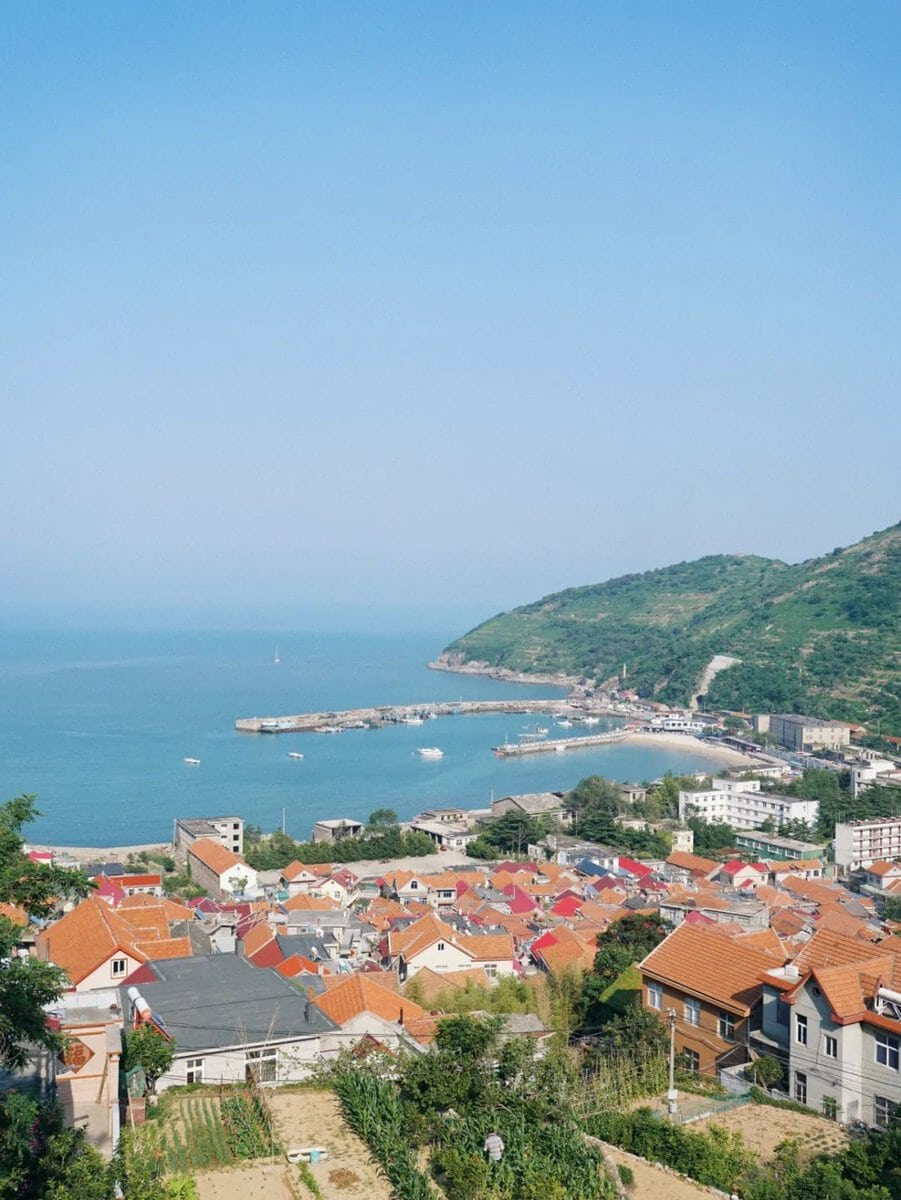
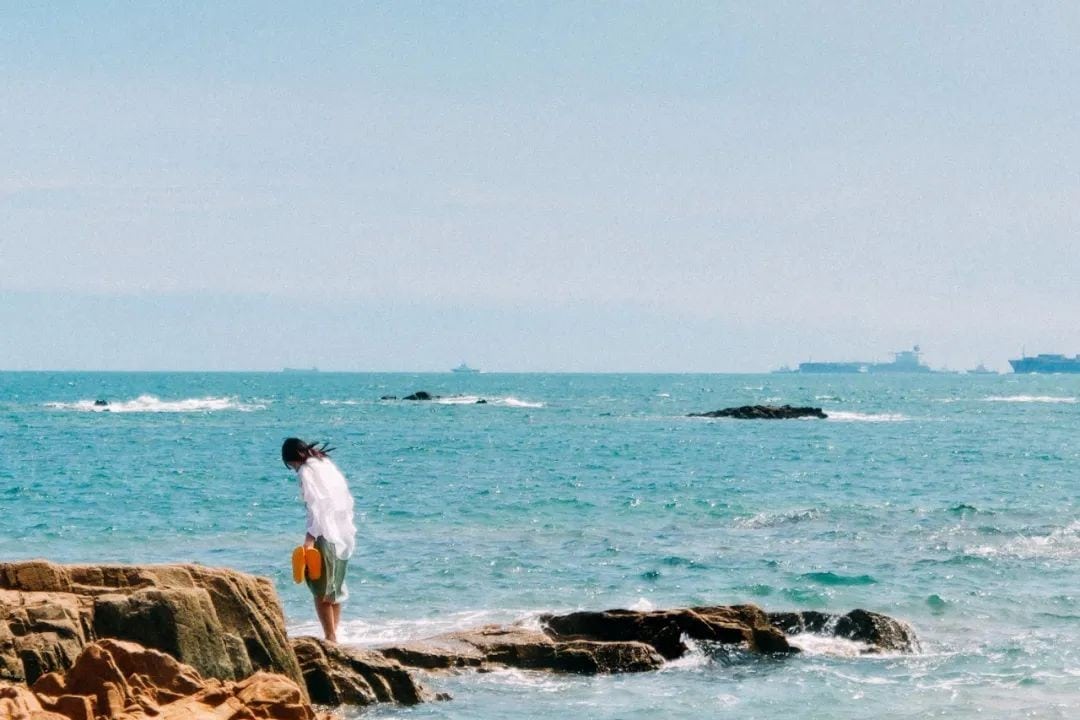
This time, I took four bus rides. Although they weren’t explicitly labeled as “tourist lines,” they were all quite interesting.
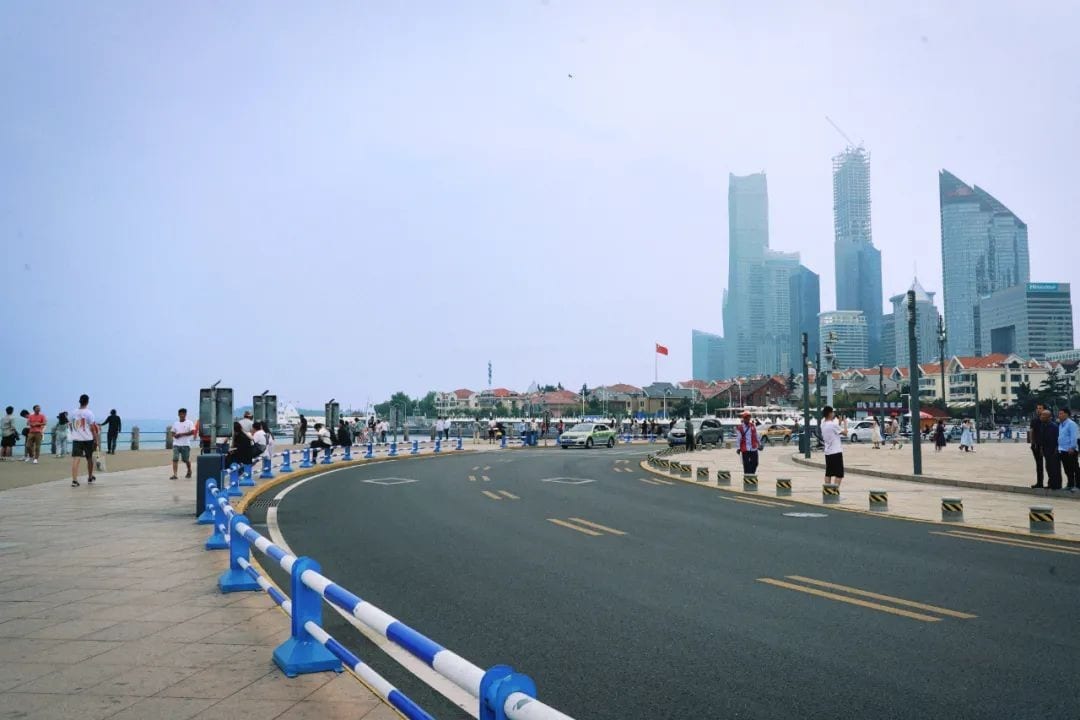
Some buses traveled along the coast, where the cool breeze allowed you to take in the seaside scenery, while others whisked through the old city streets, where you could hop off at any stop and discover hidden gems in the residential areas.
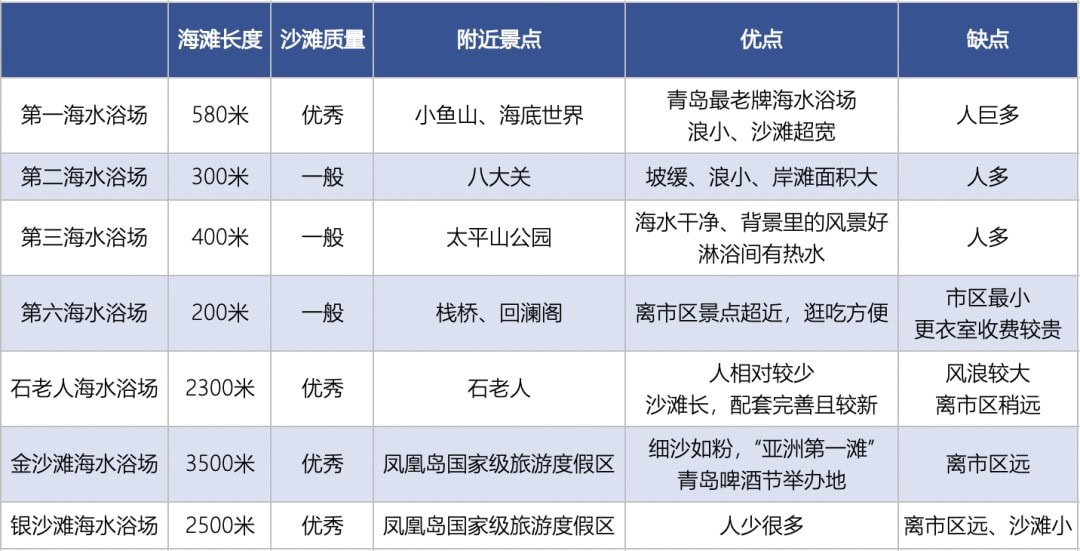
For a mere 2 yuan, you could experience the essence of Qingdao—captivating, charming, and full of vibrant local life!
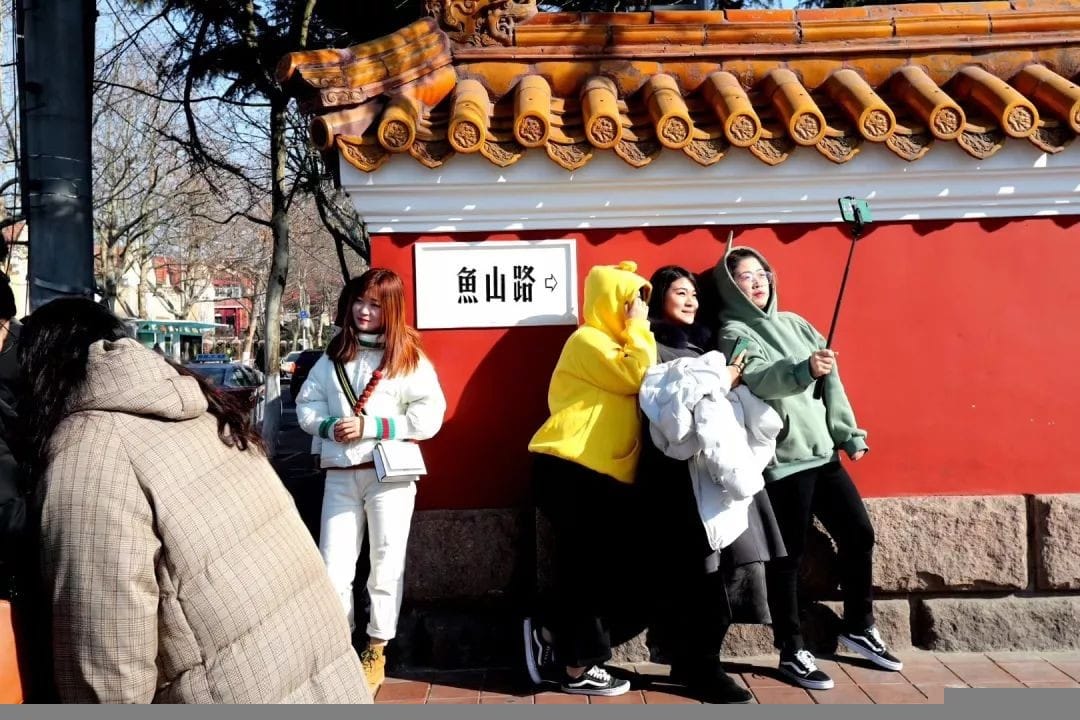
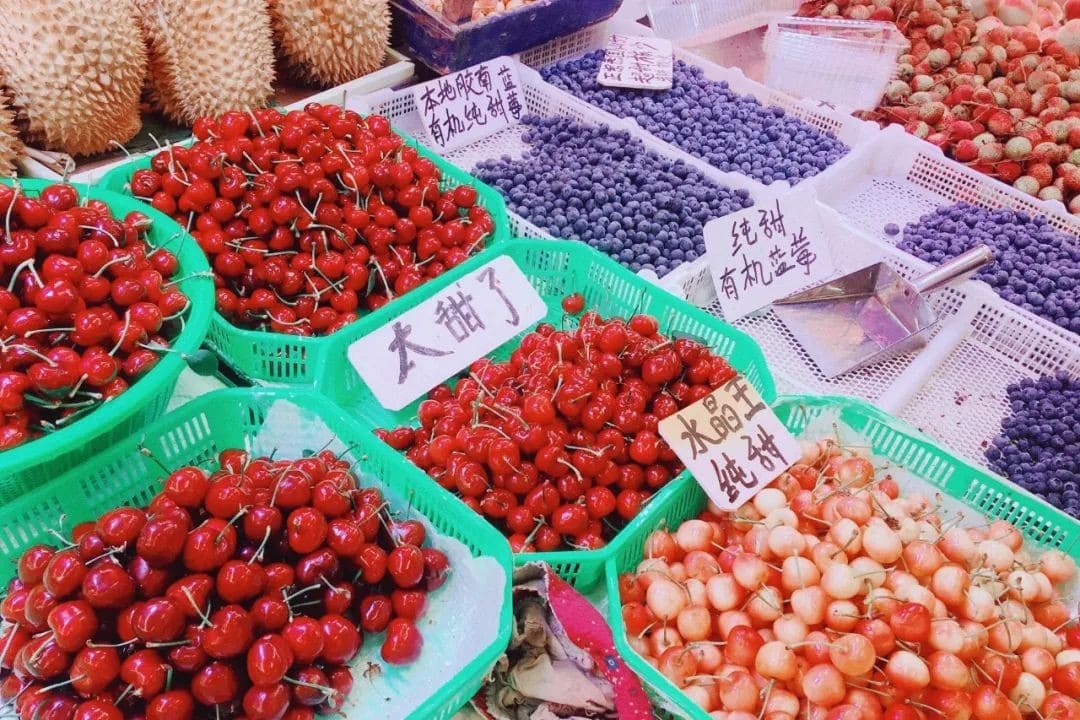
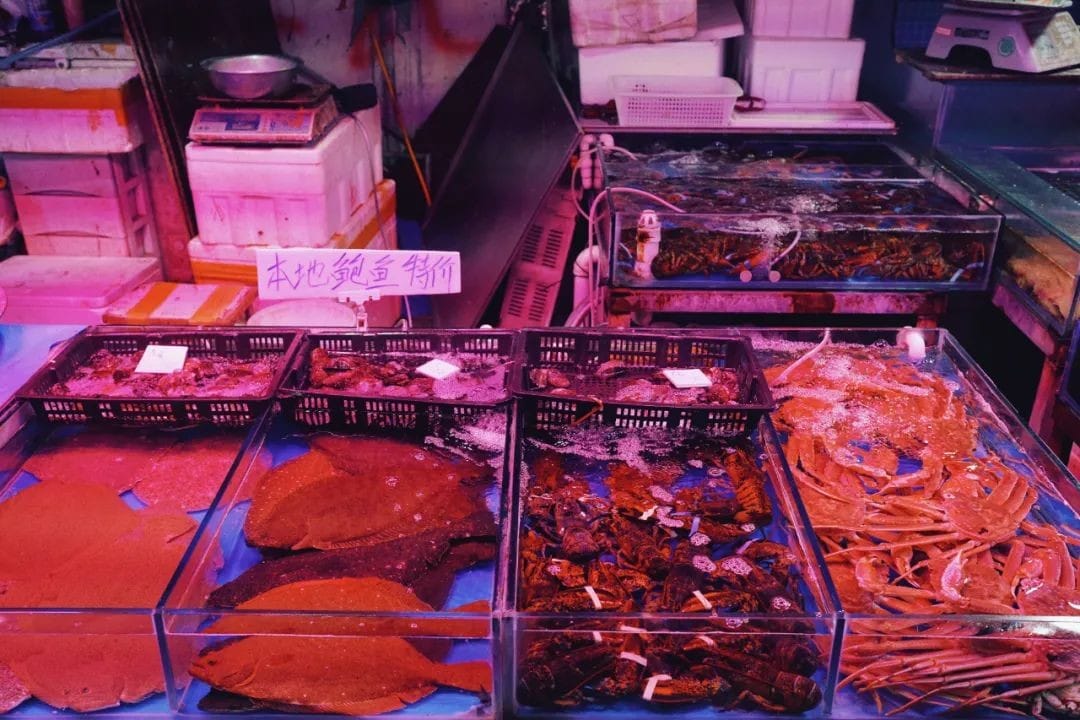
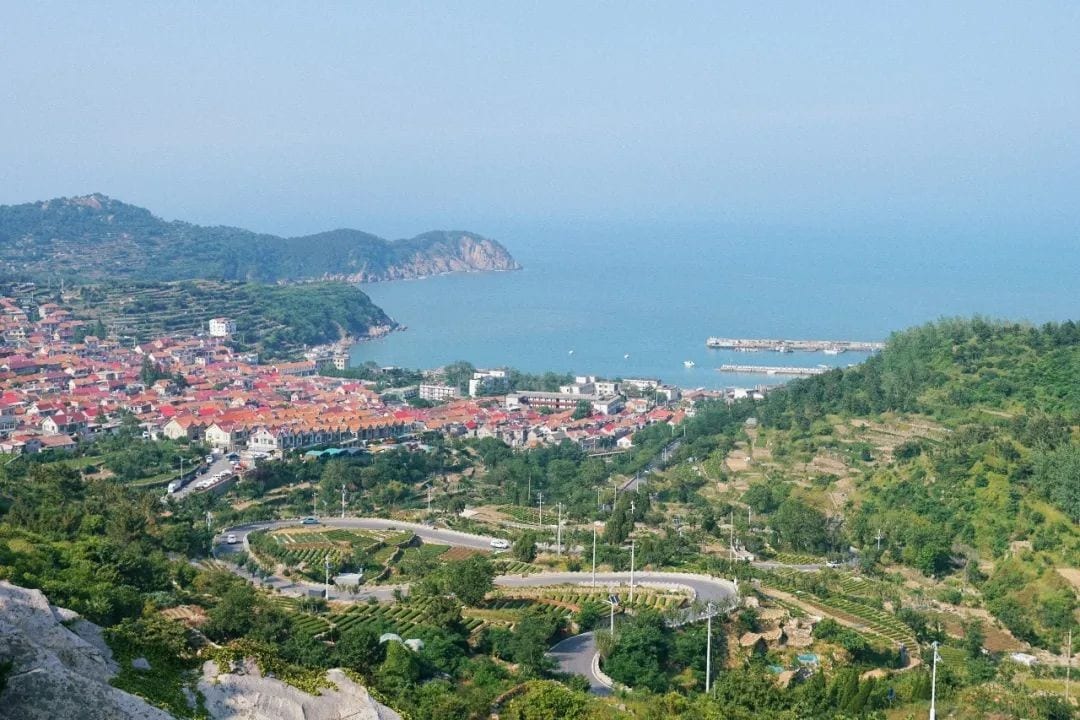
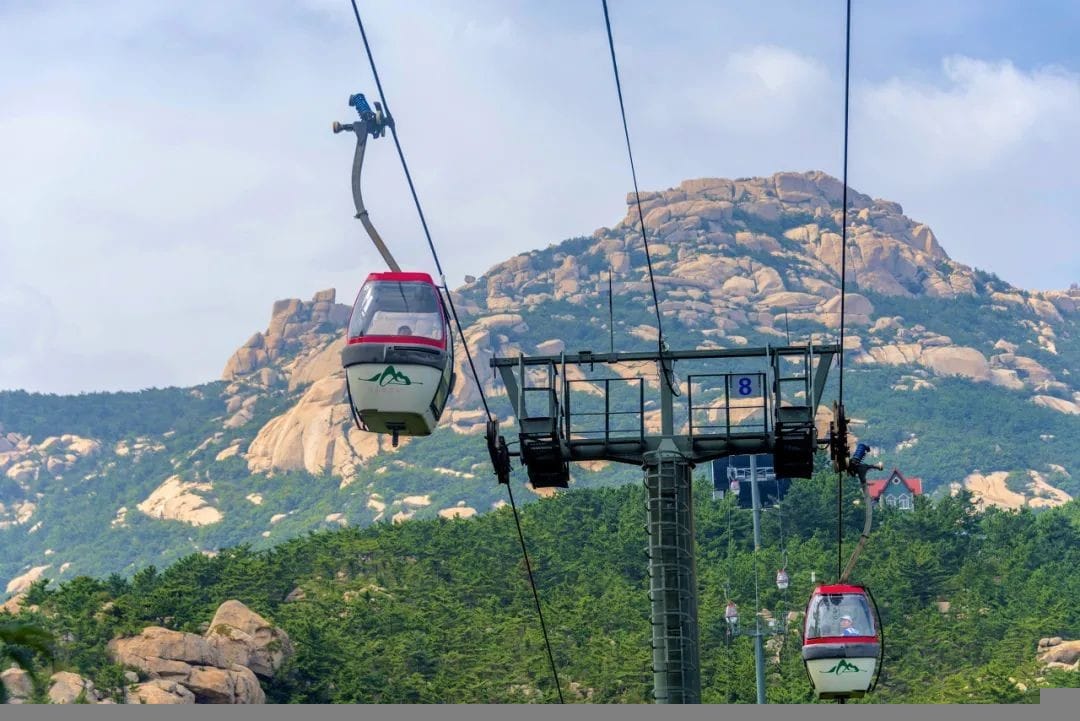
🚌
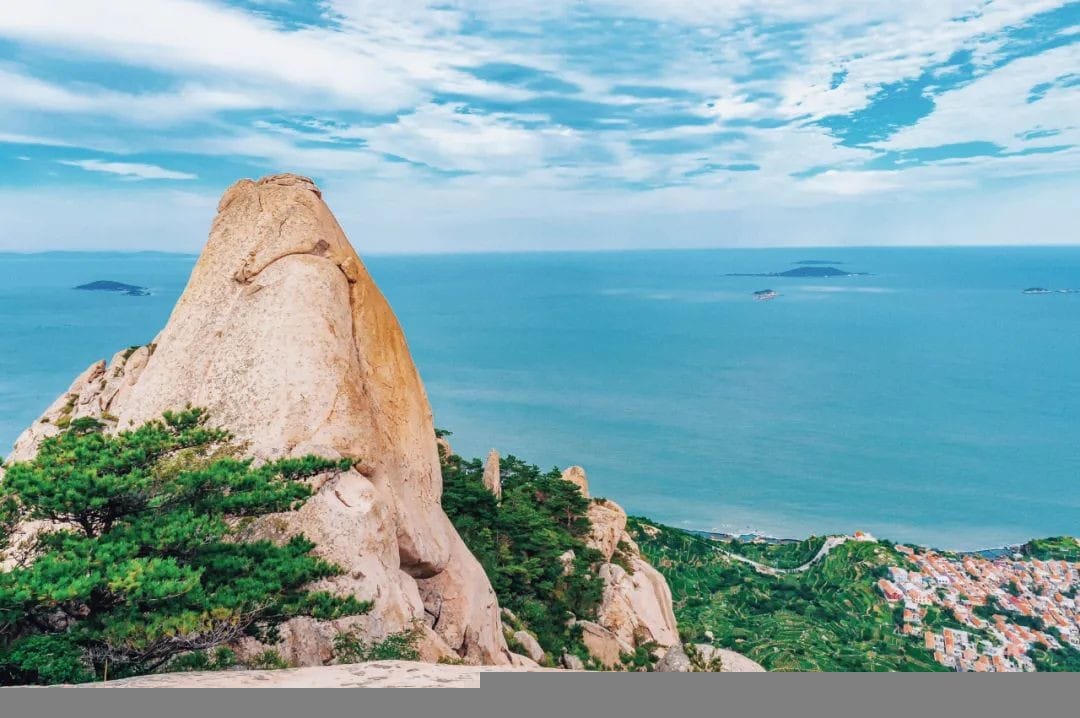
Route 618
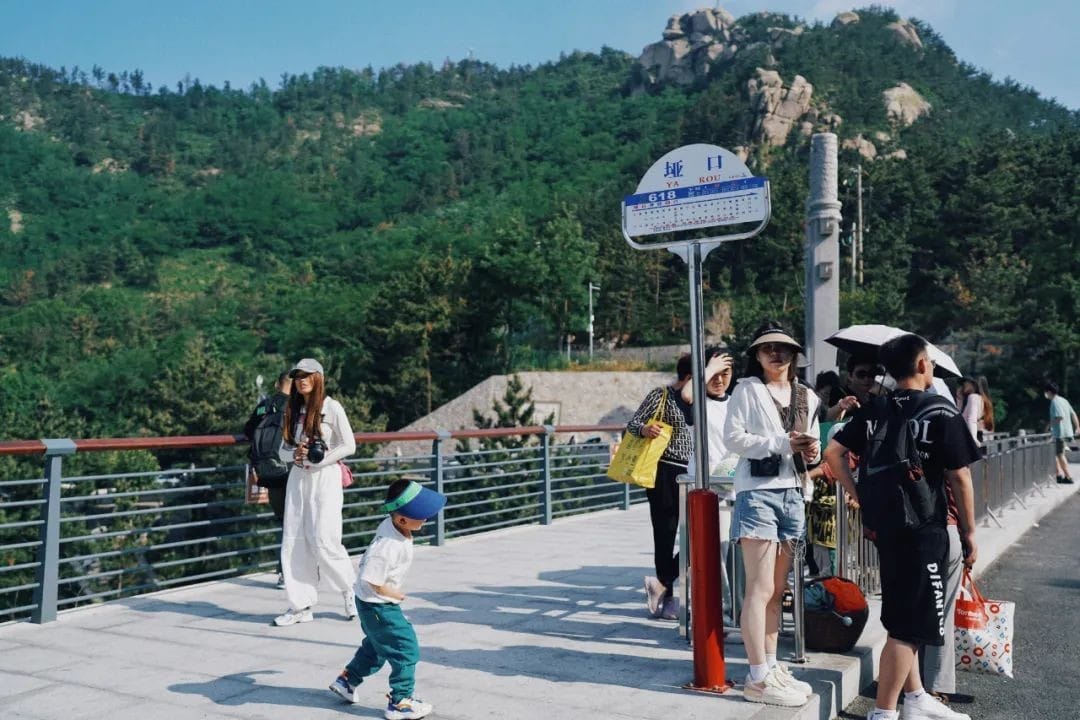
“The Most Beautiful Fjord Bus”
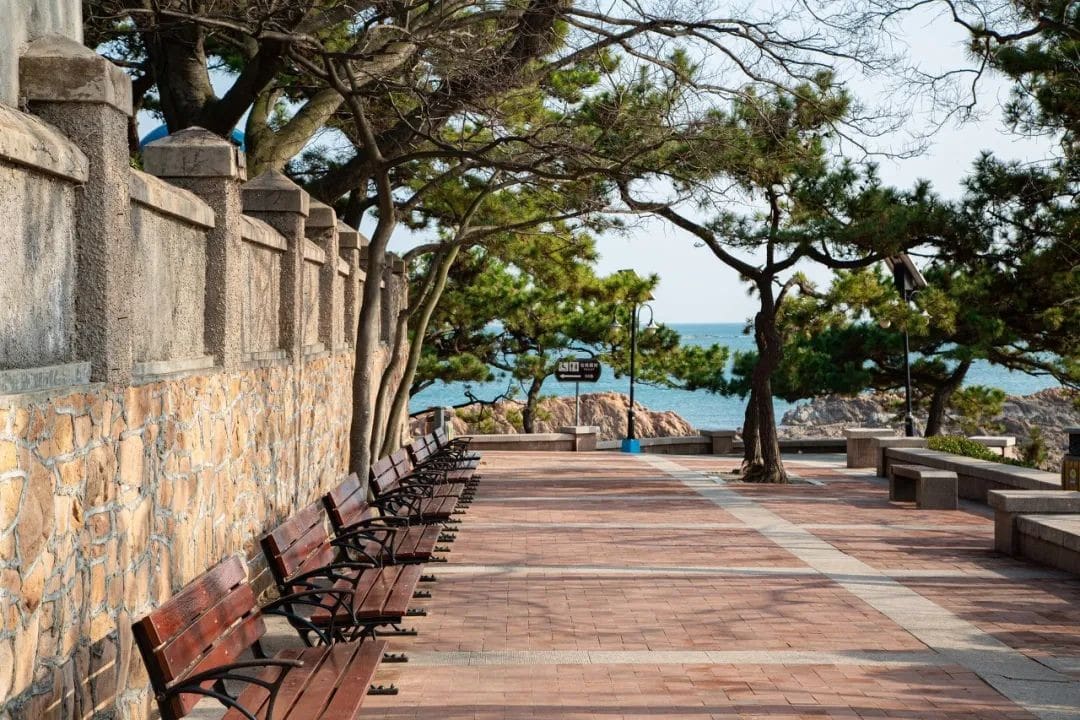
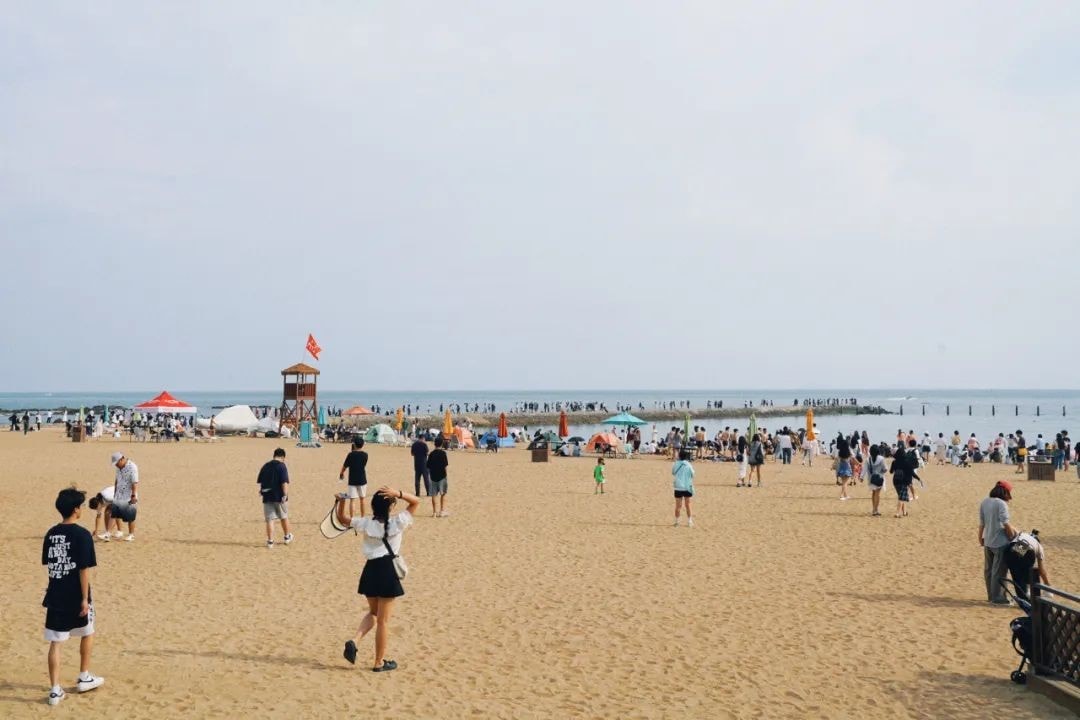
Route 618 was originally just an ordinary shuttle line connecting the Yangkou and Yakou scenic areas in Laoshan. However, due to its breathtaking scenery, it has become the most popular bus route in Qingdao.
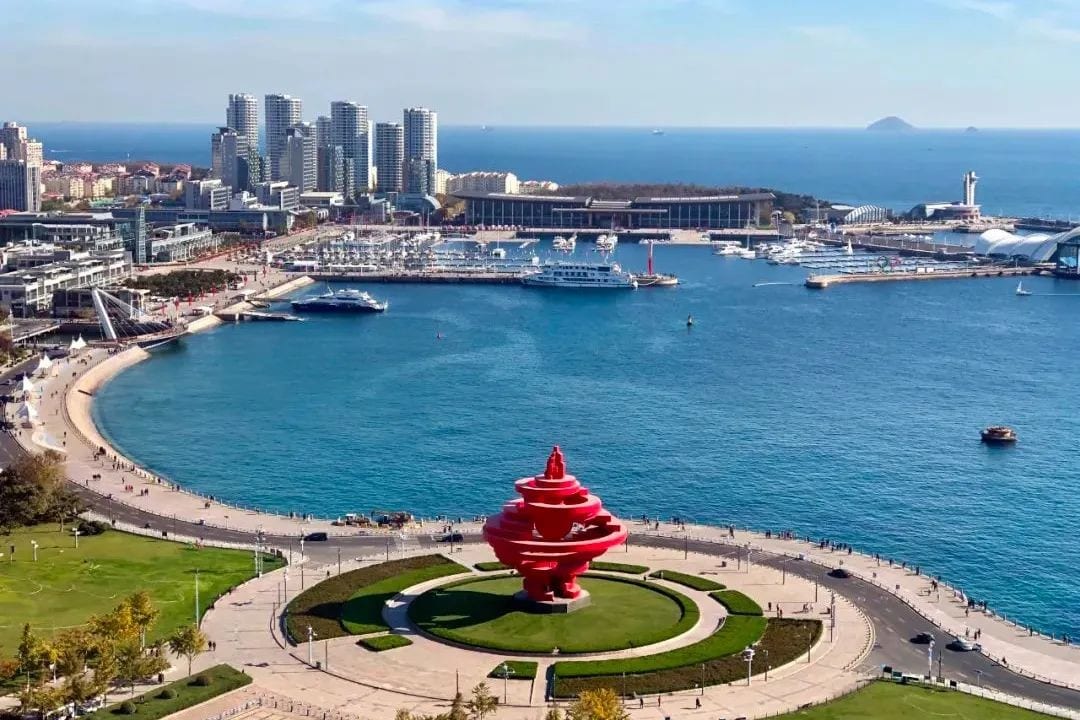
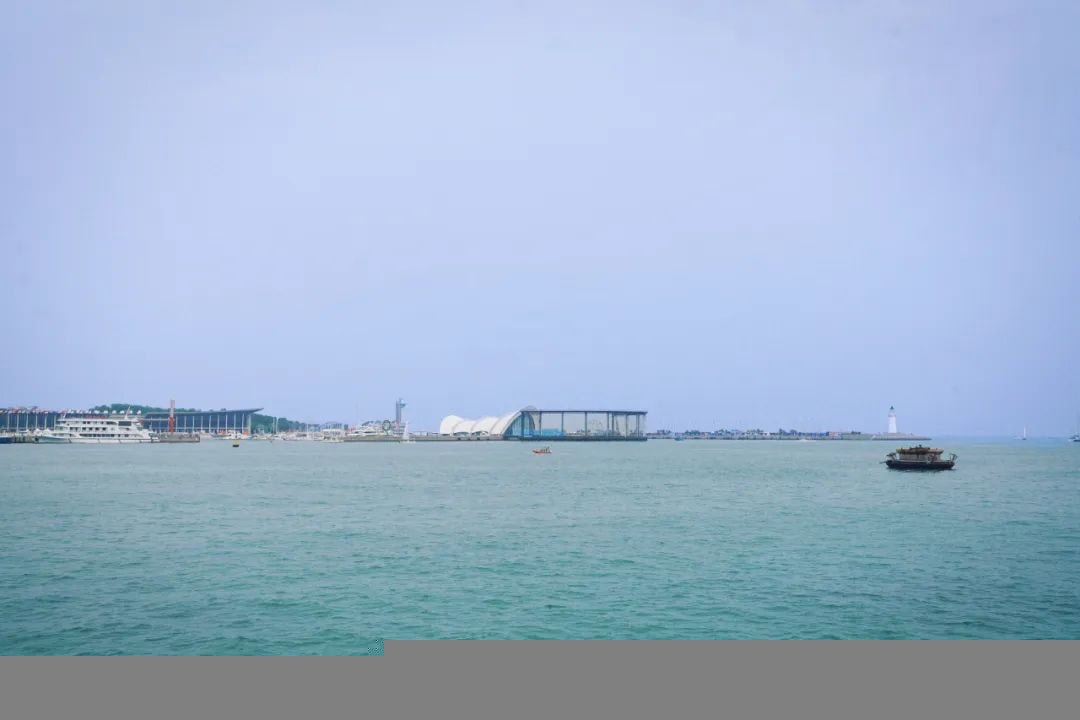
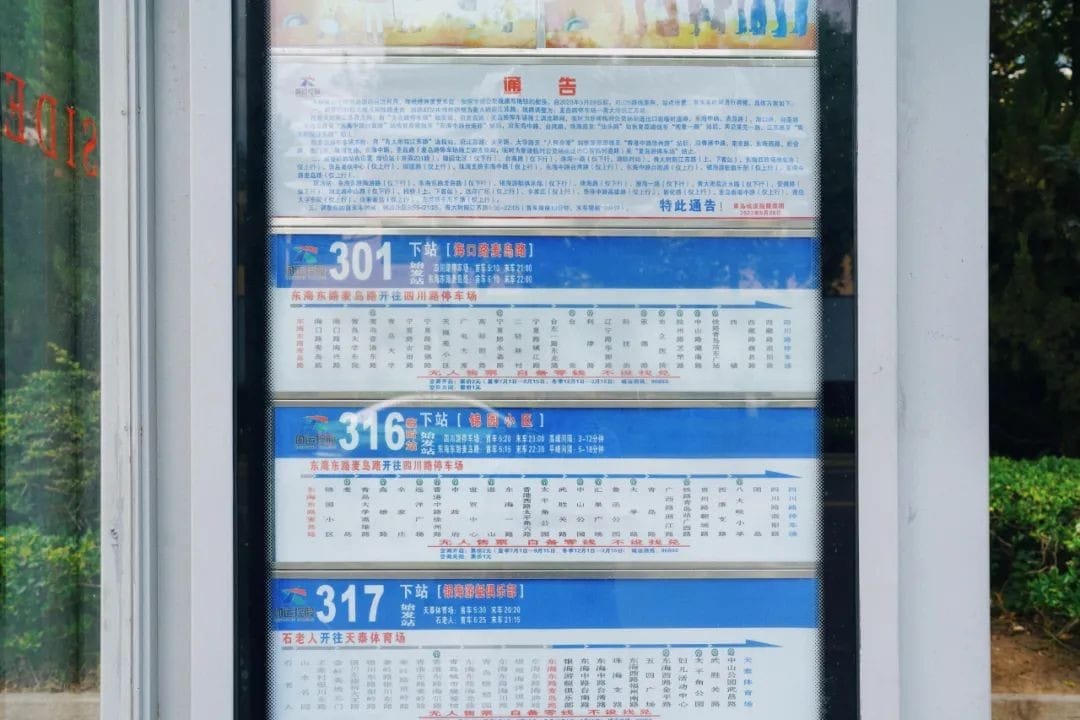
Earlier this year, it was suspended for a few months due to construction work, but based on my actual experience, it has now resumed service.
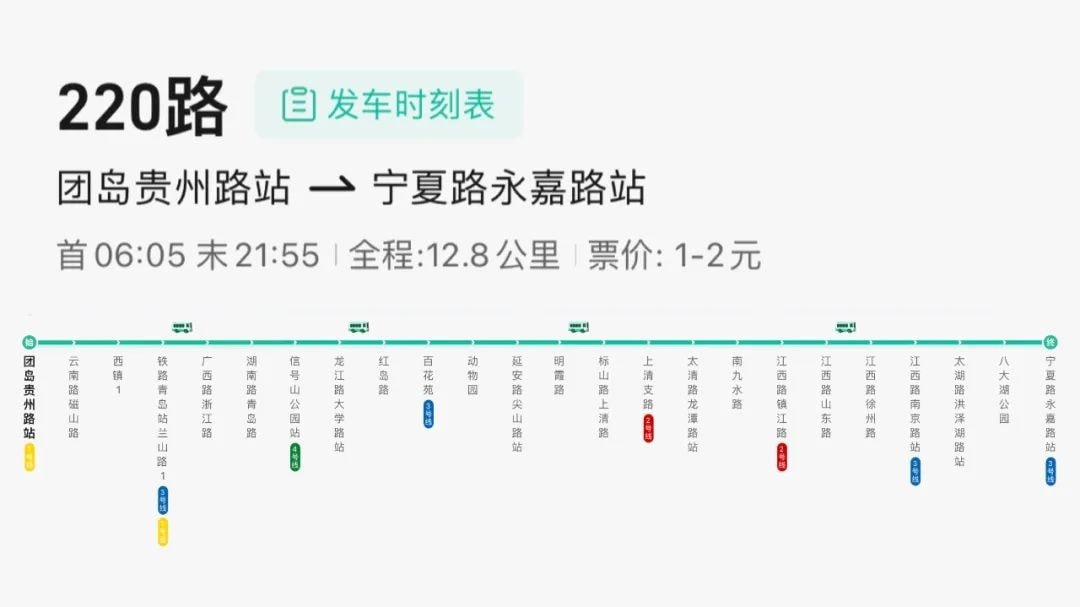
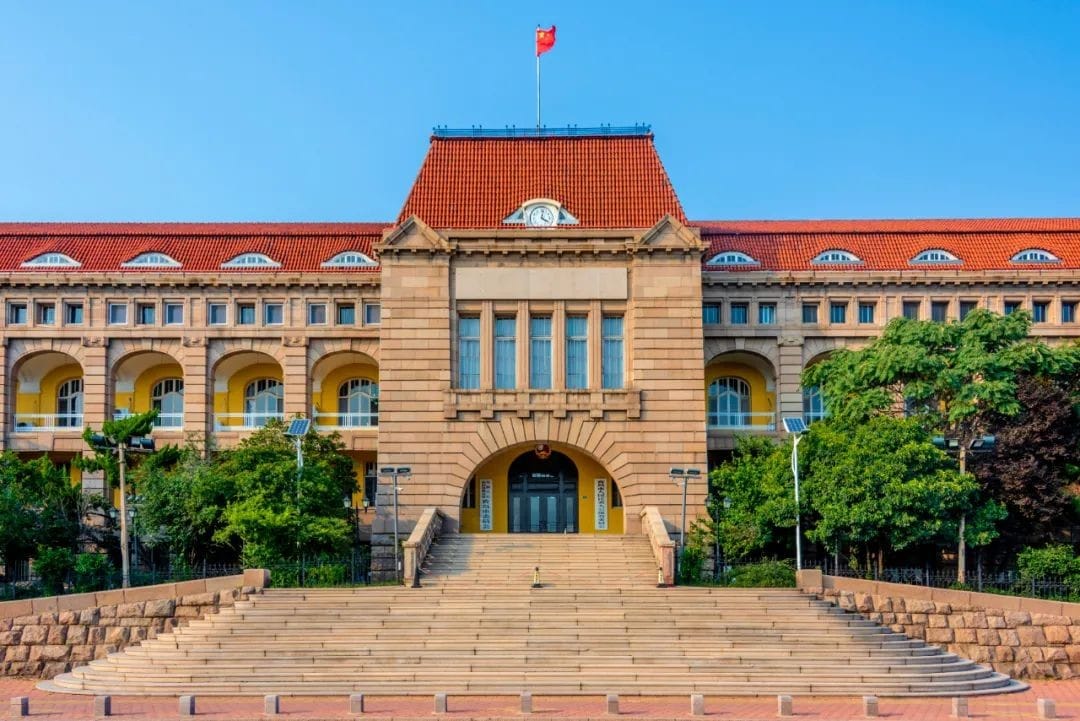
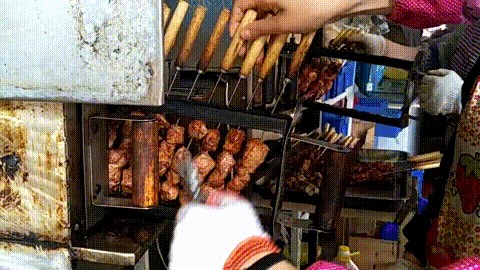
I consider Route 618 to be like a dangerous beauty. Although the journey is not long, it involves navigating 76 sharp turns, requiring highly experienced bus drivers to operate it.
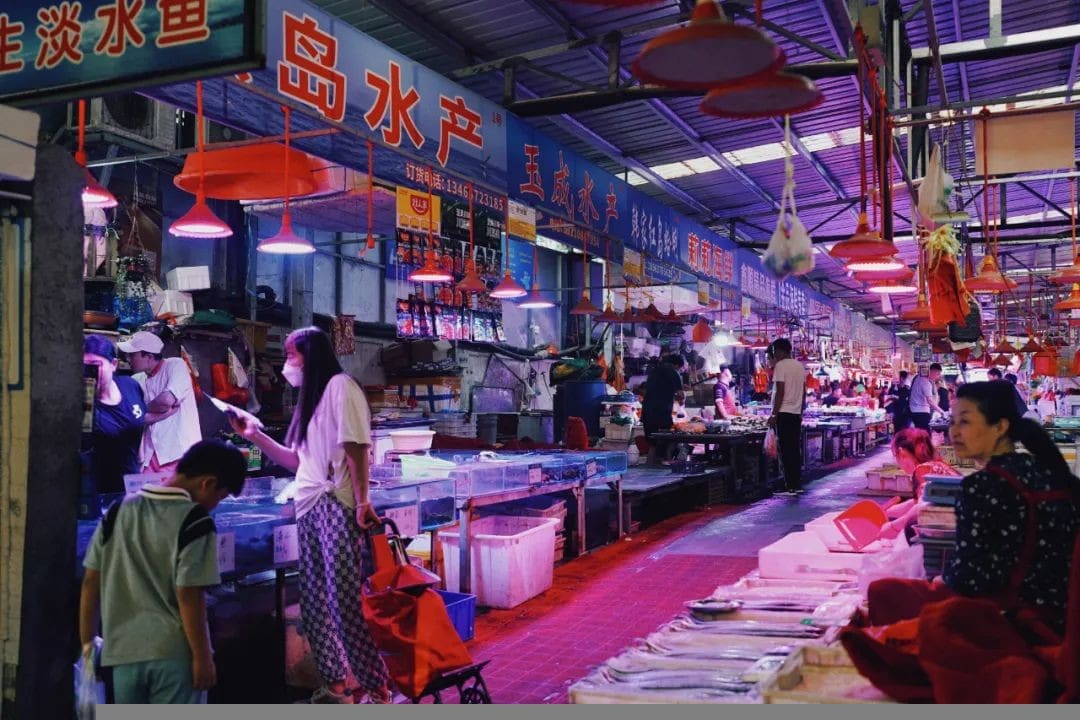
The entire journey presents continuous vistas of blue seas, azure skies, rolling mountains, orchards, red-tiled villages, and terraced tea gardens. The scenery is stunning and varied, making it impossible to doze off during the 30-minute ride.
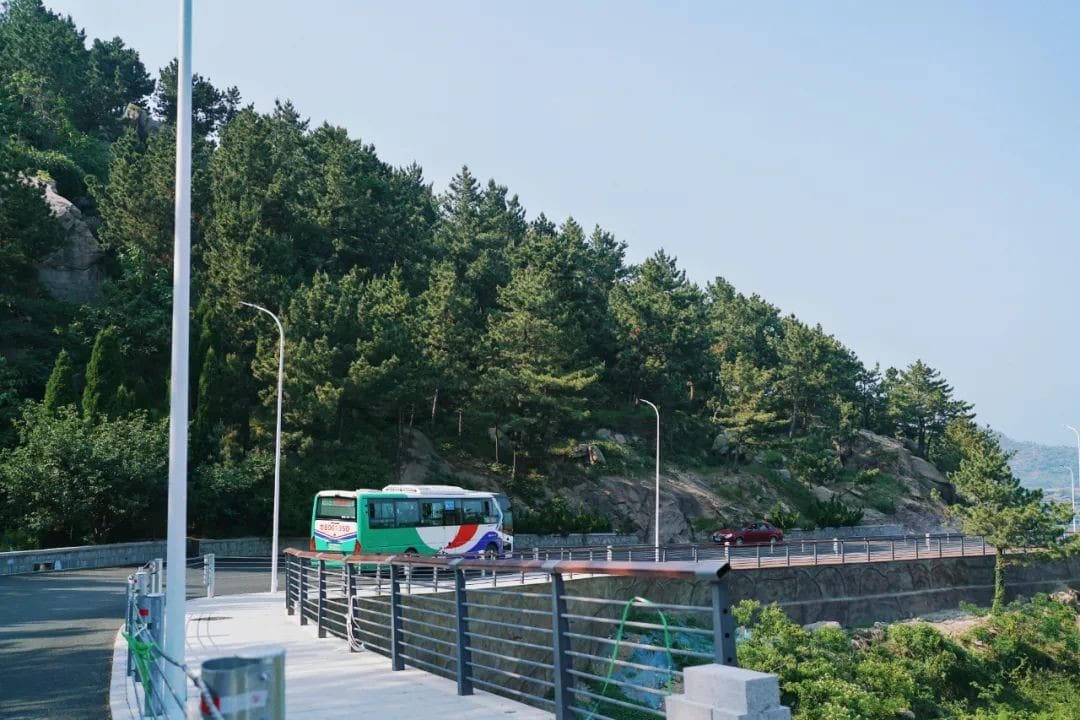
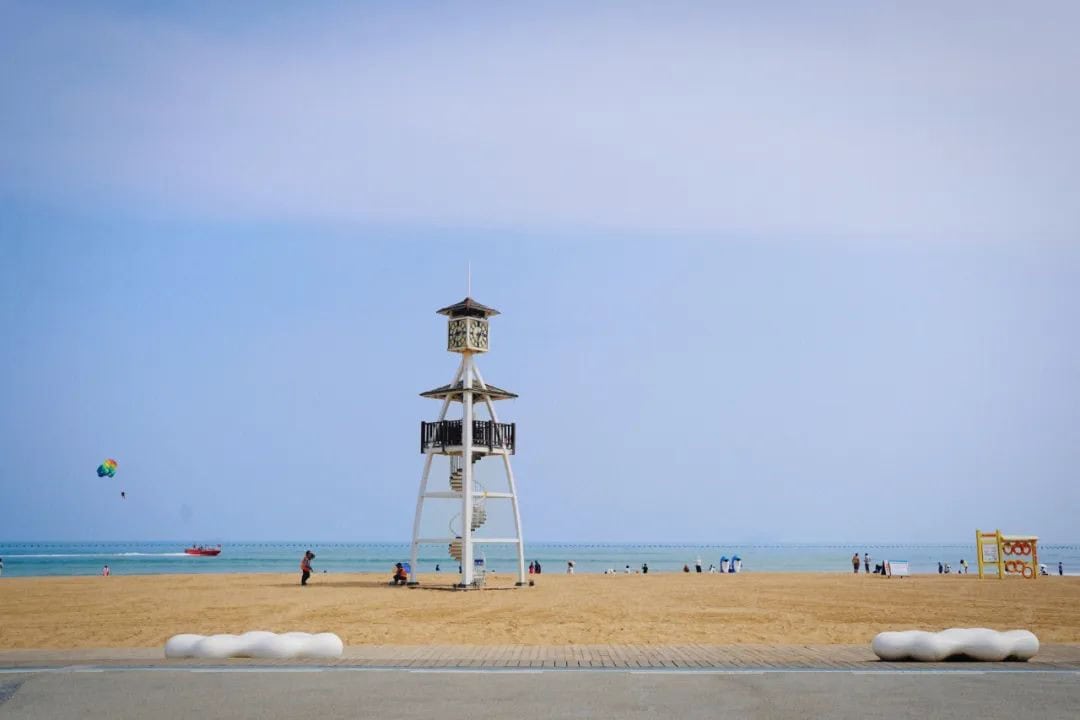
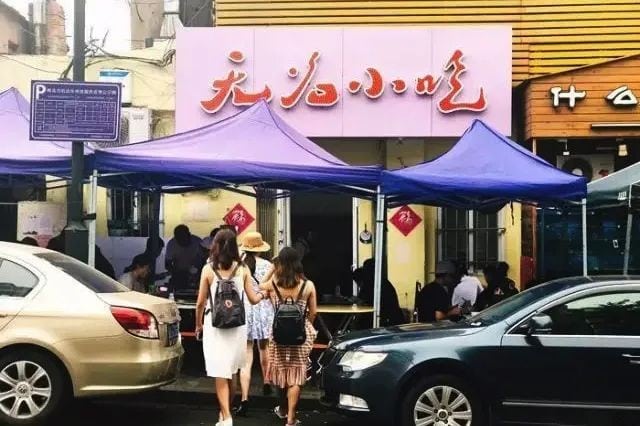
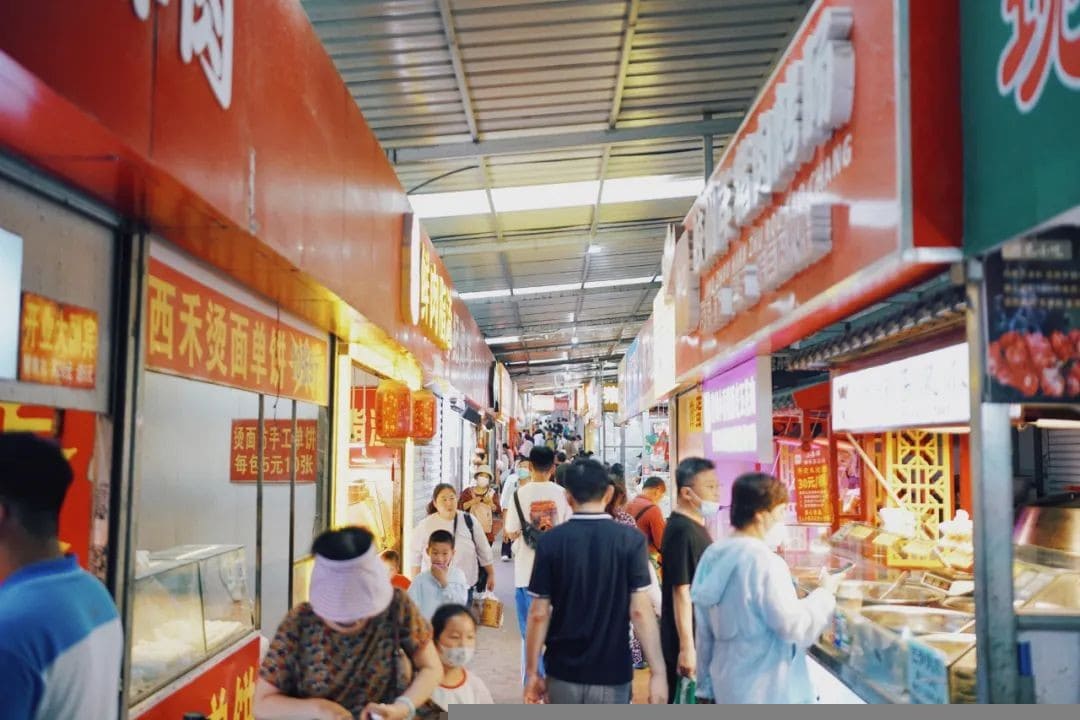
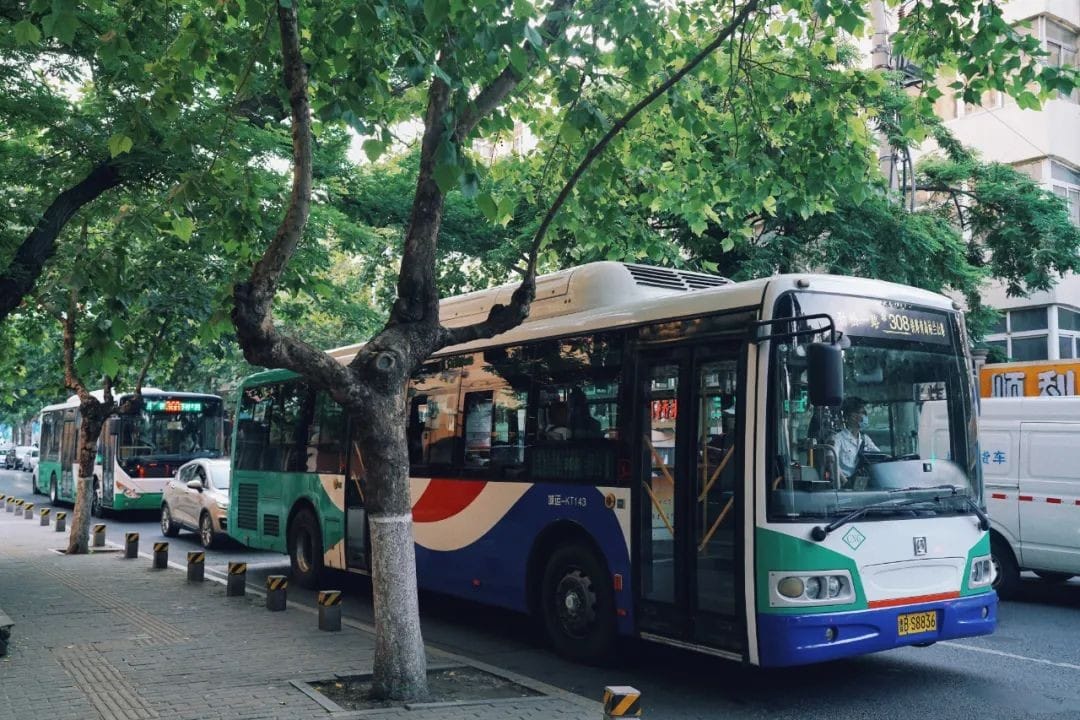
While the entire route offers great views, there are a few key stops worth highlighting.
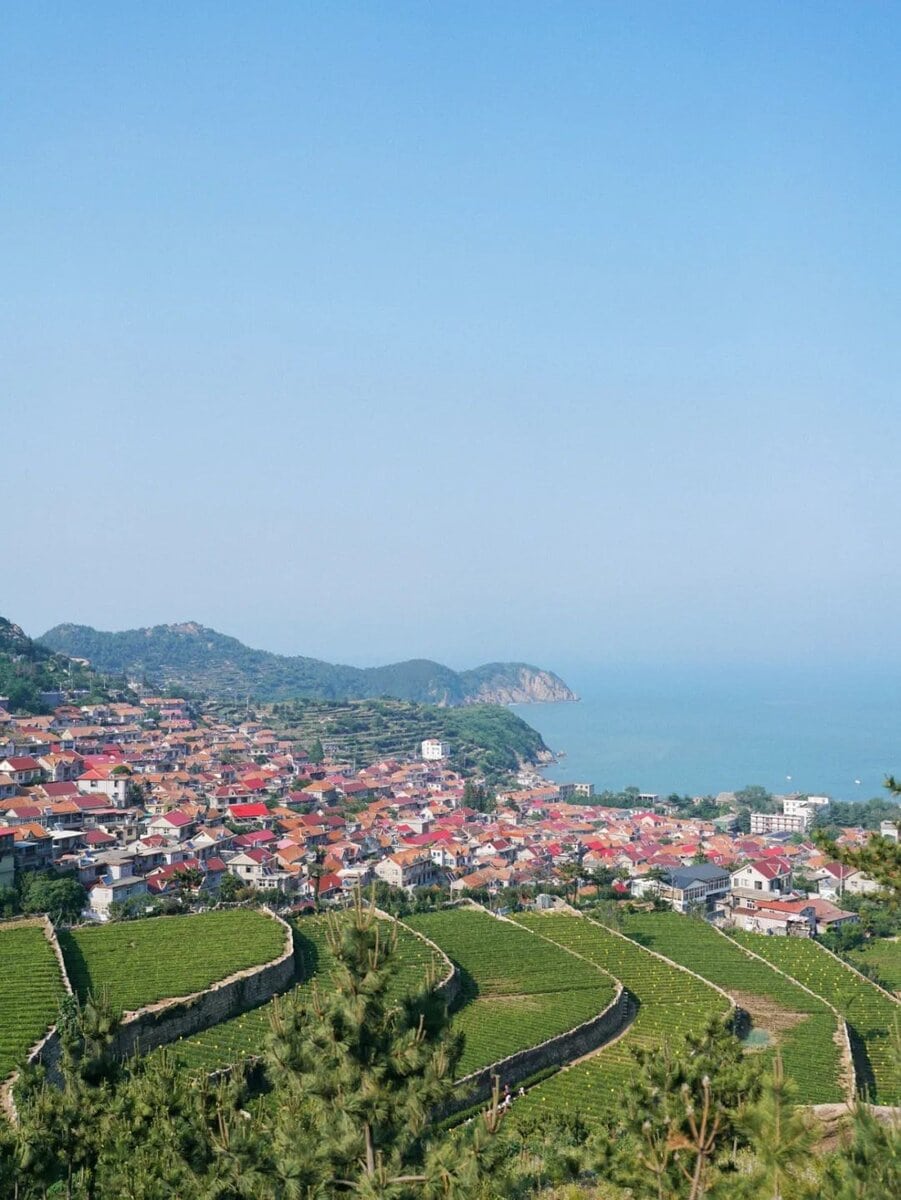
【Diaolongzuishi Station】 is a small village nestled among mountains on three sides and facing the sea on the other. It is also a great spot for sunrise viewing.
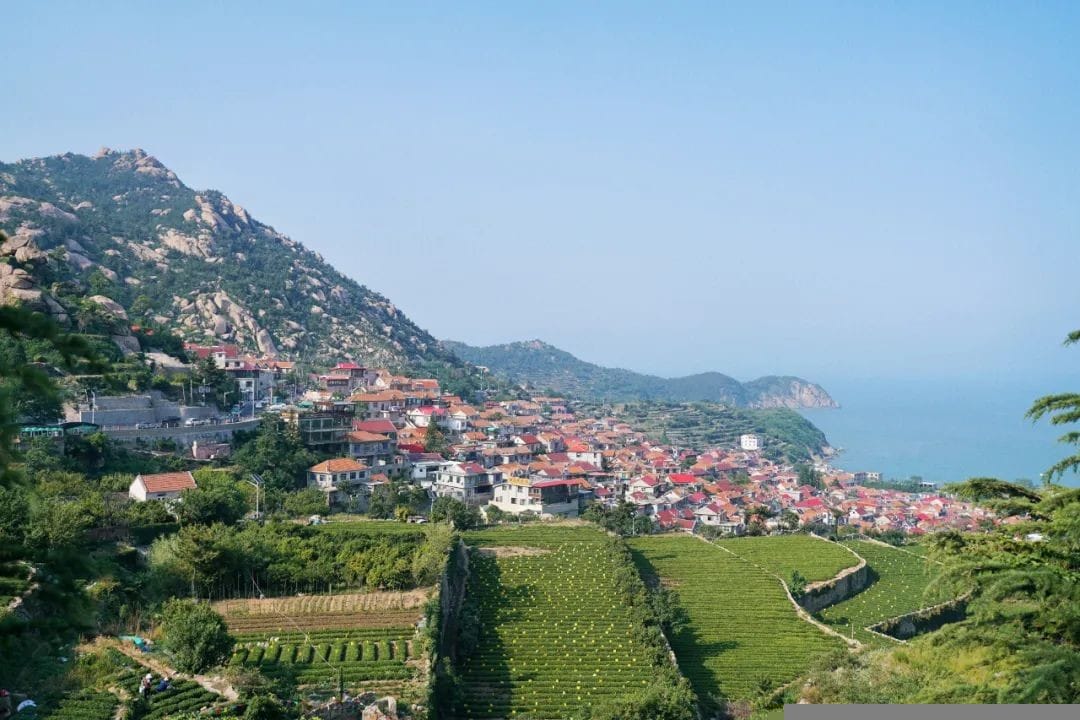
【Huayan Temple Station】 features the only Buddhist temple within the Laoshan Scenic Area. To be honest, I find it generally worth visiting when there’s a temple fair.
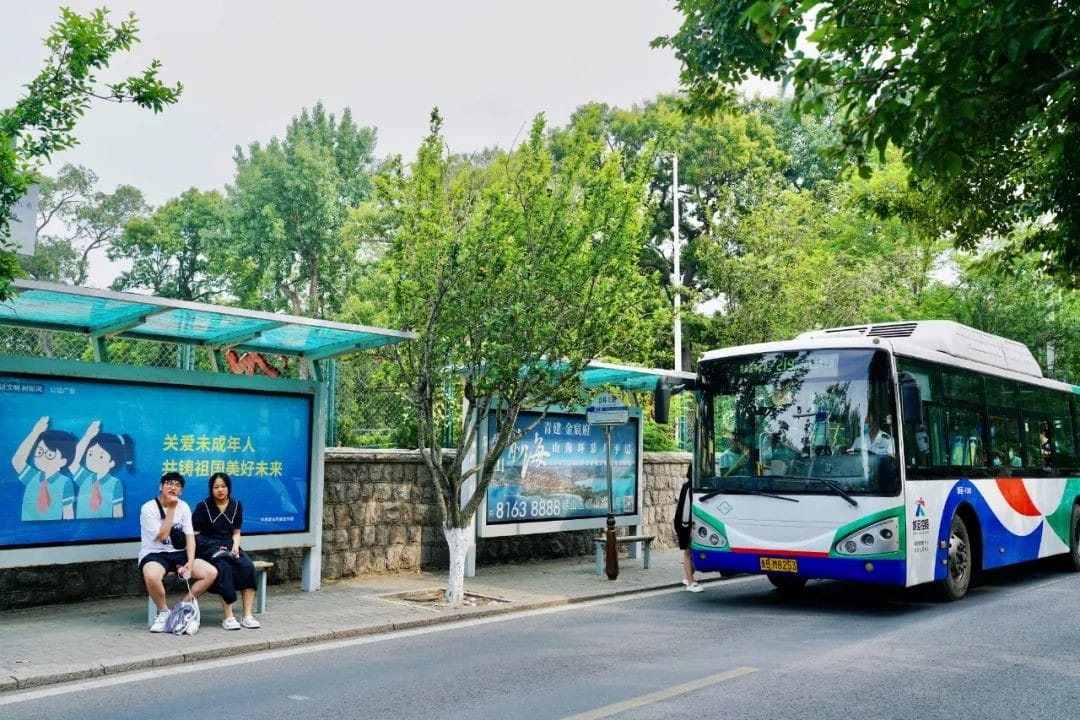
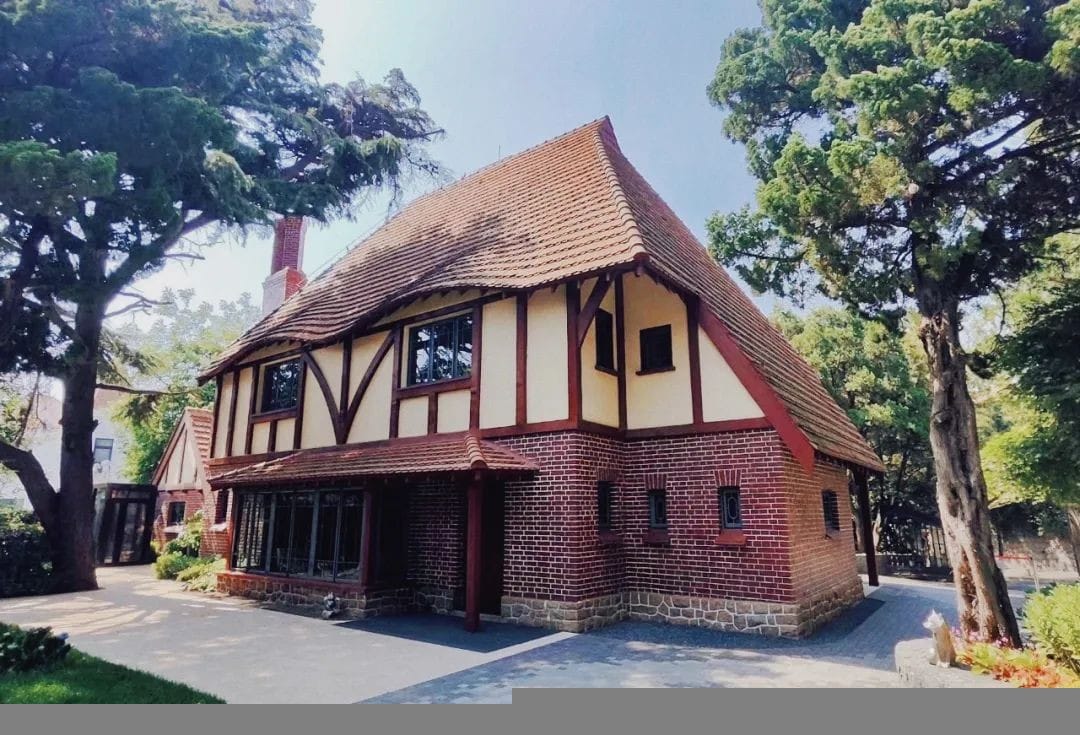
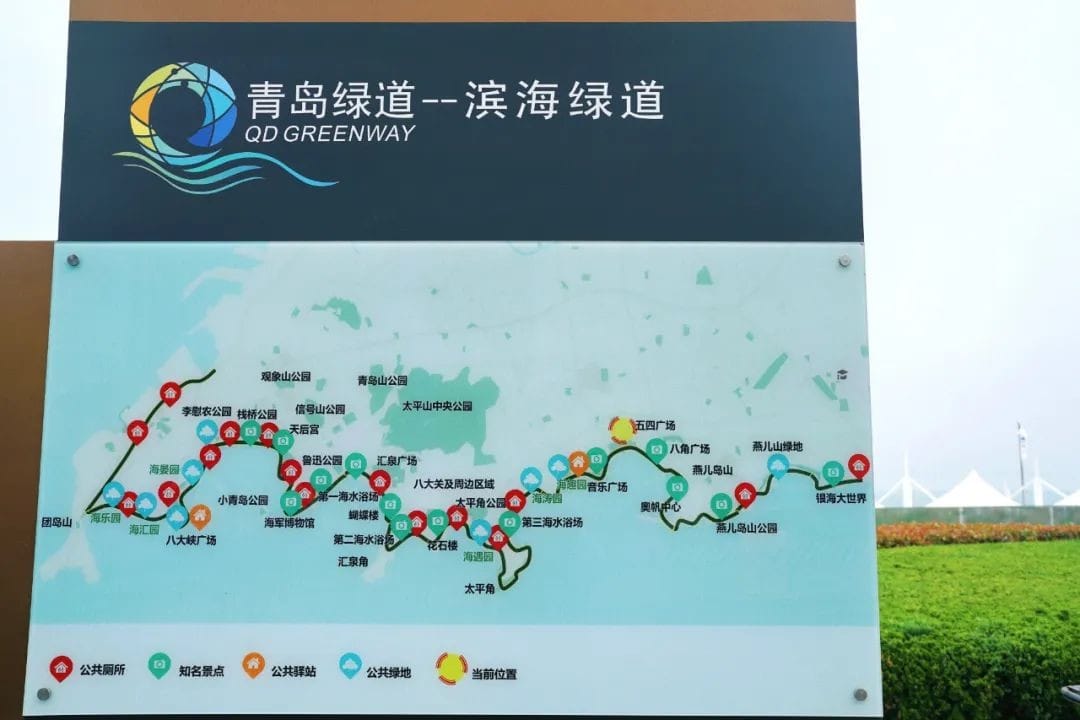
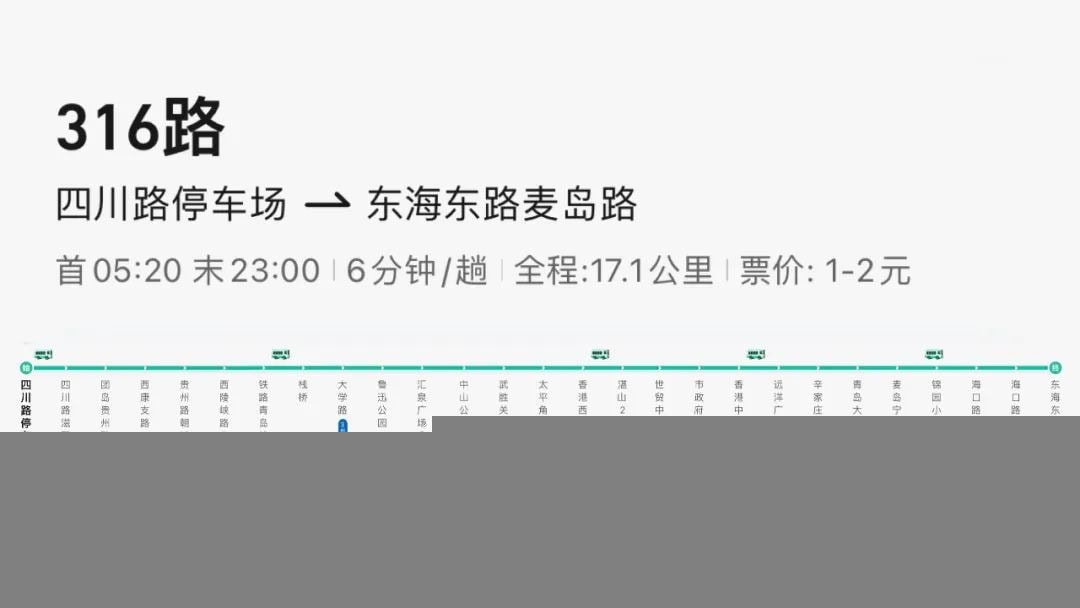
【Fanling Station】 is a great place to hop off and have some fun. This spot boasts a wild beach. Though it can’t compare in scale to Beach No. 1, 2, or 3, its charm lies in the lack of tourists, making it perfect for taking stunning photos.
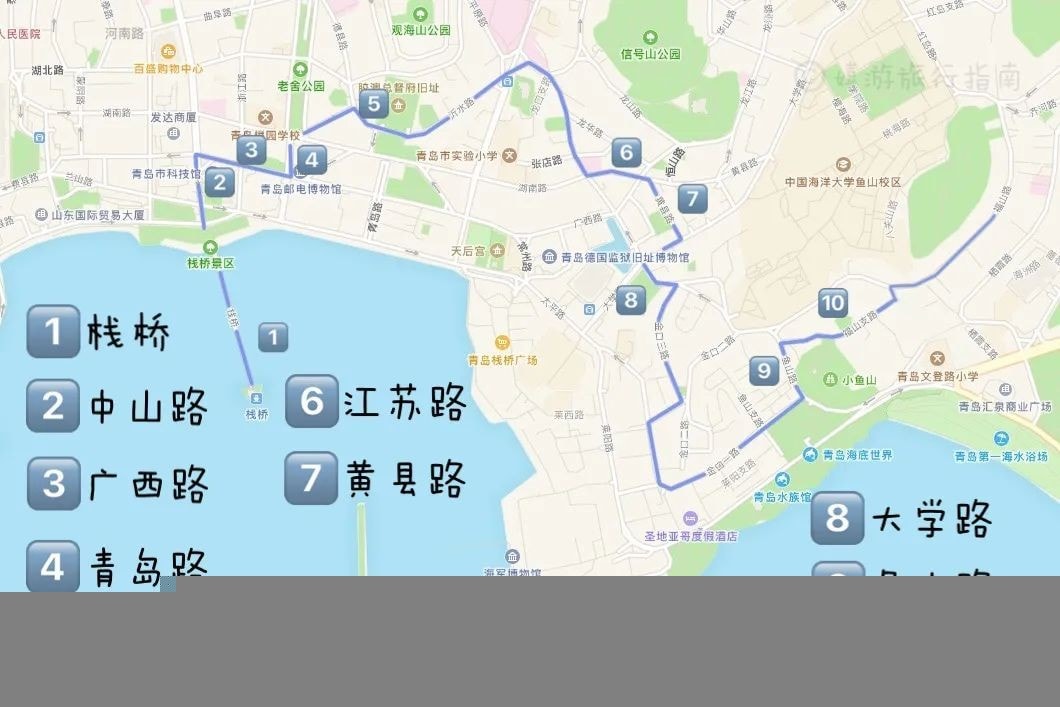
From Fanling, you can also walk all the way to Quanjin River.
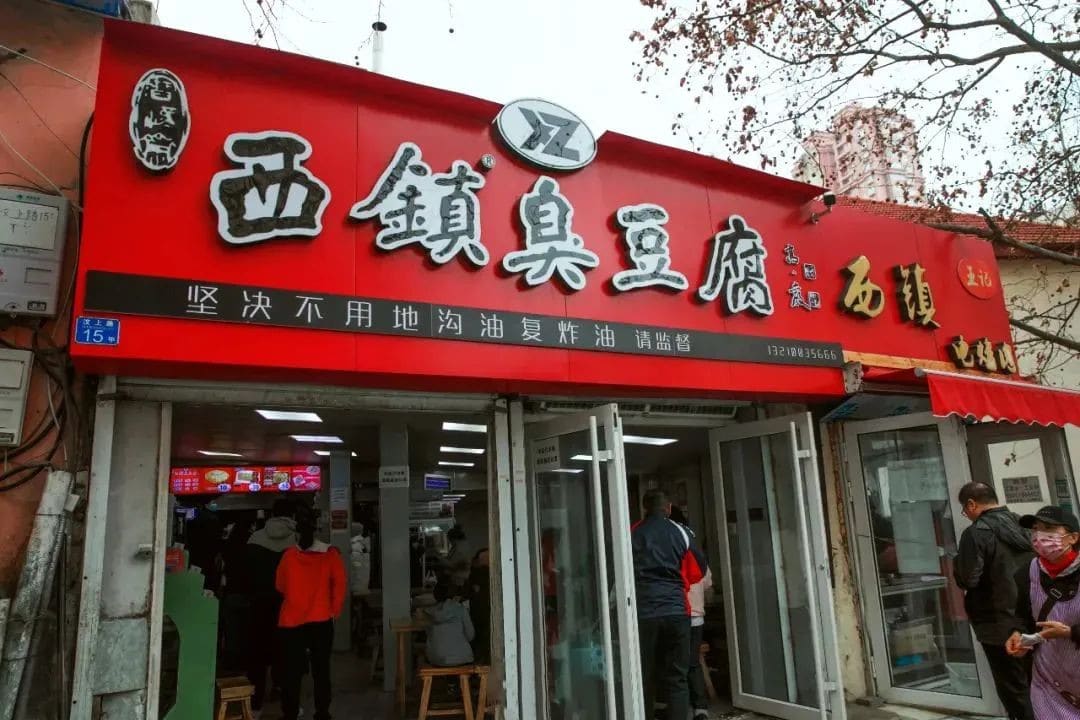
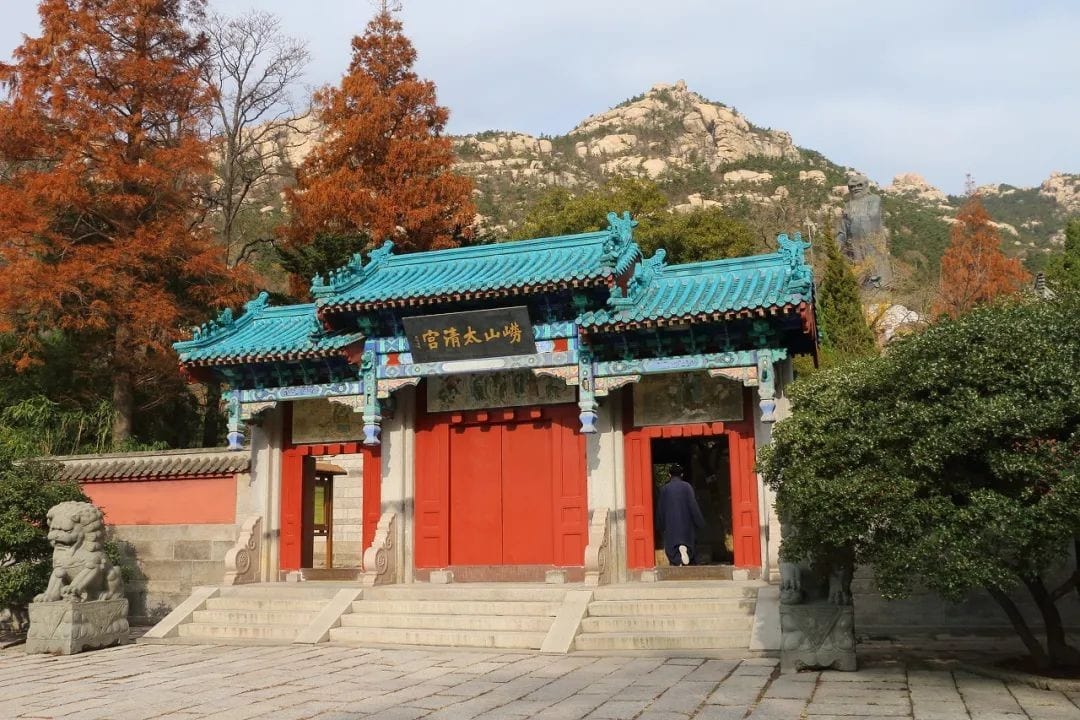
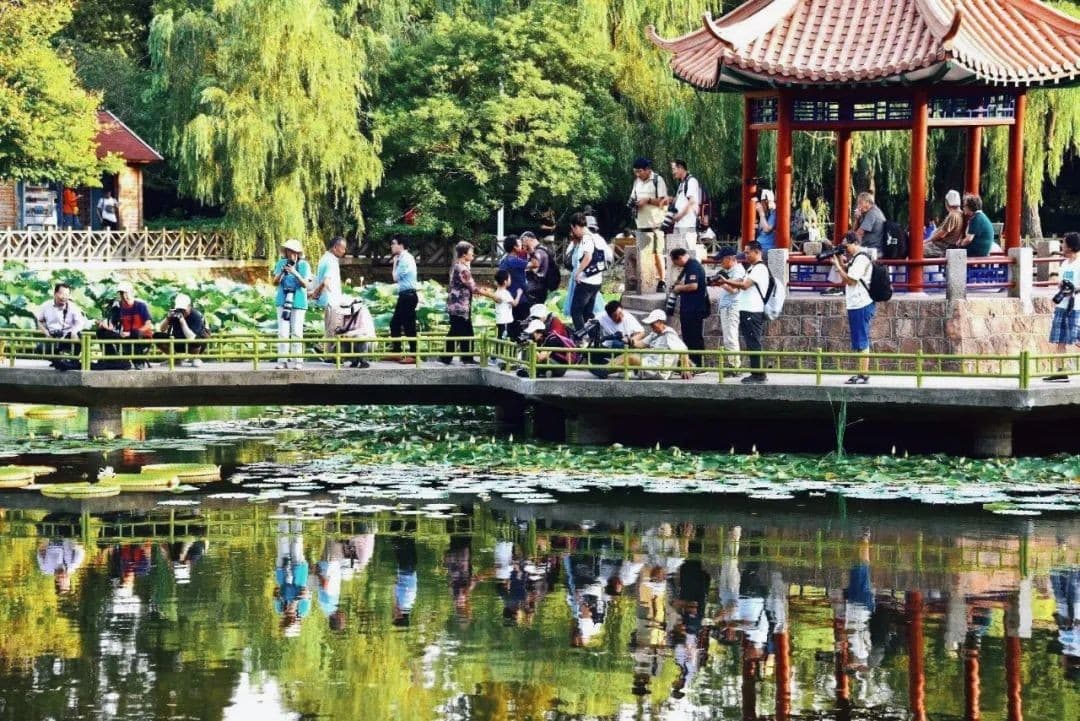
【Qingshan Station】 is the most beautiful stop on Route 618, in my opinion. It is a small fishing village with a history spanning over 500 years. From a high vantage point, you can see the entire Qingshan Village set against the mountain and facing the sea, surrounded by terraced fields and tea gardens. The village houses are the iconic red-roofed cottages of Qingdao, creating a breathtaking scene when paired with the blue sky and sea.
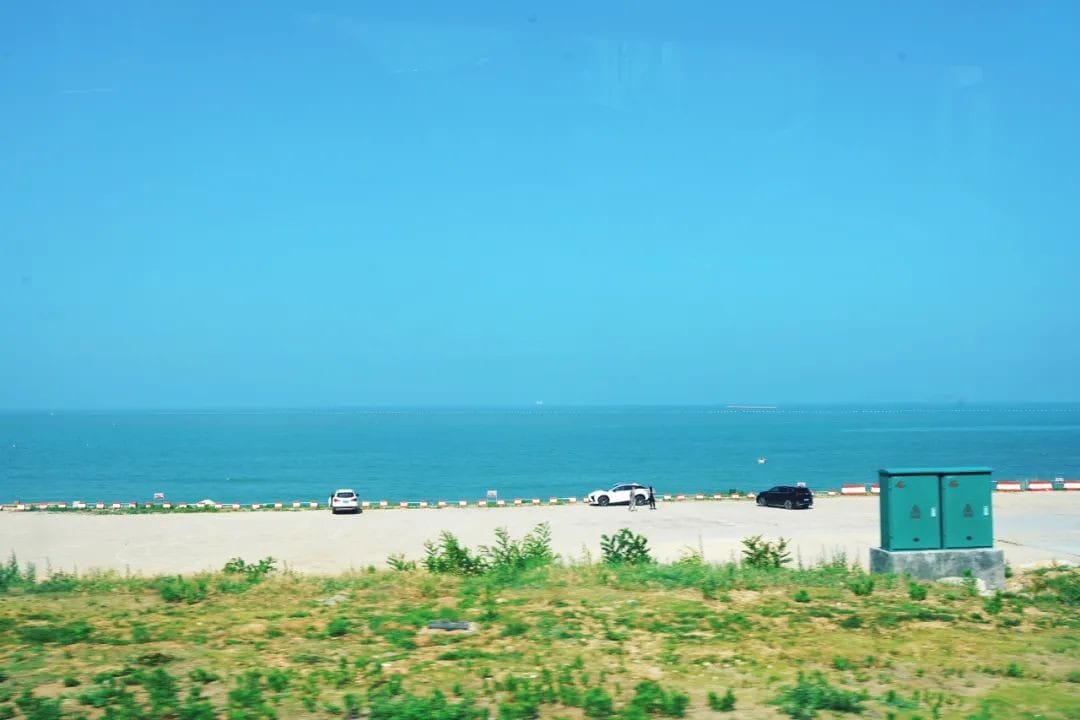
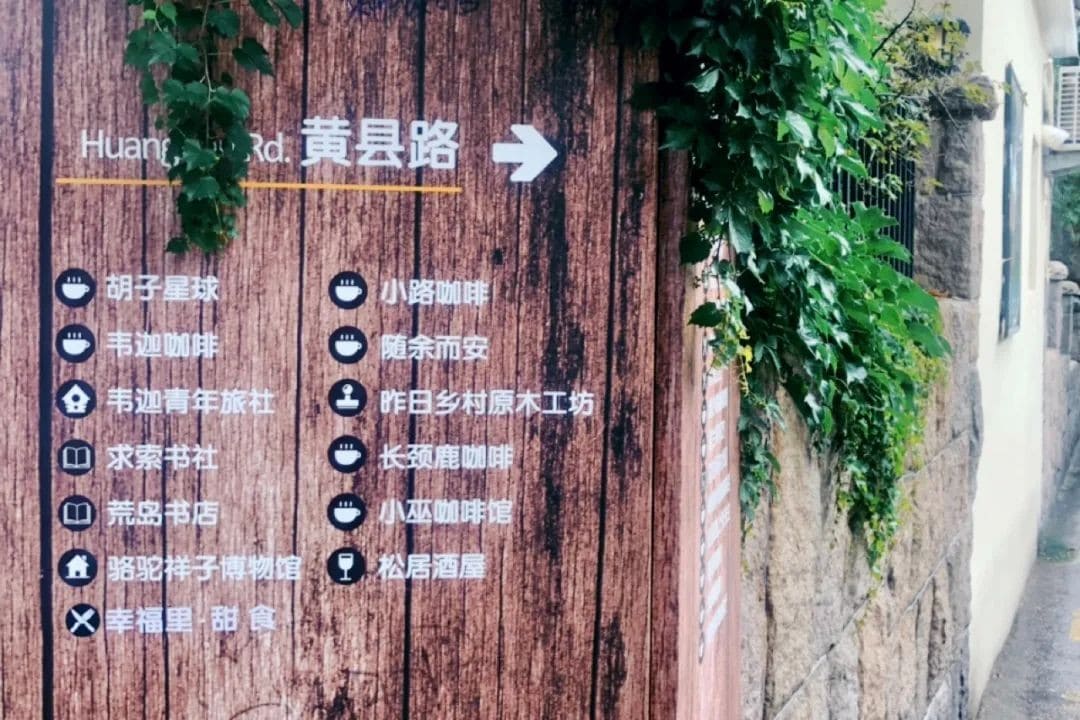
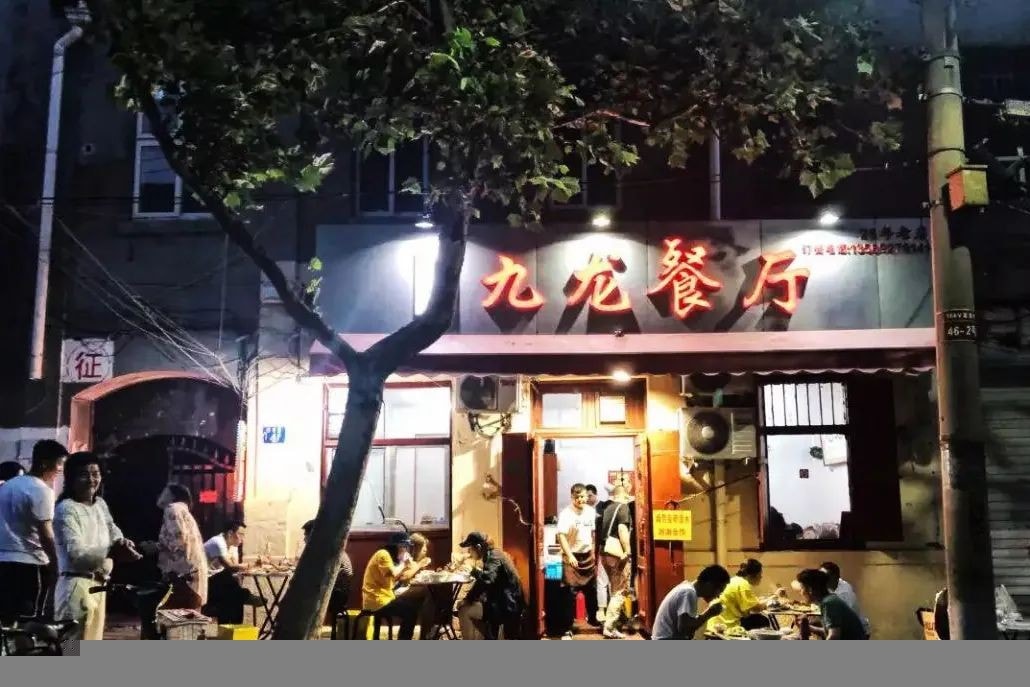
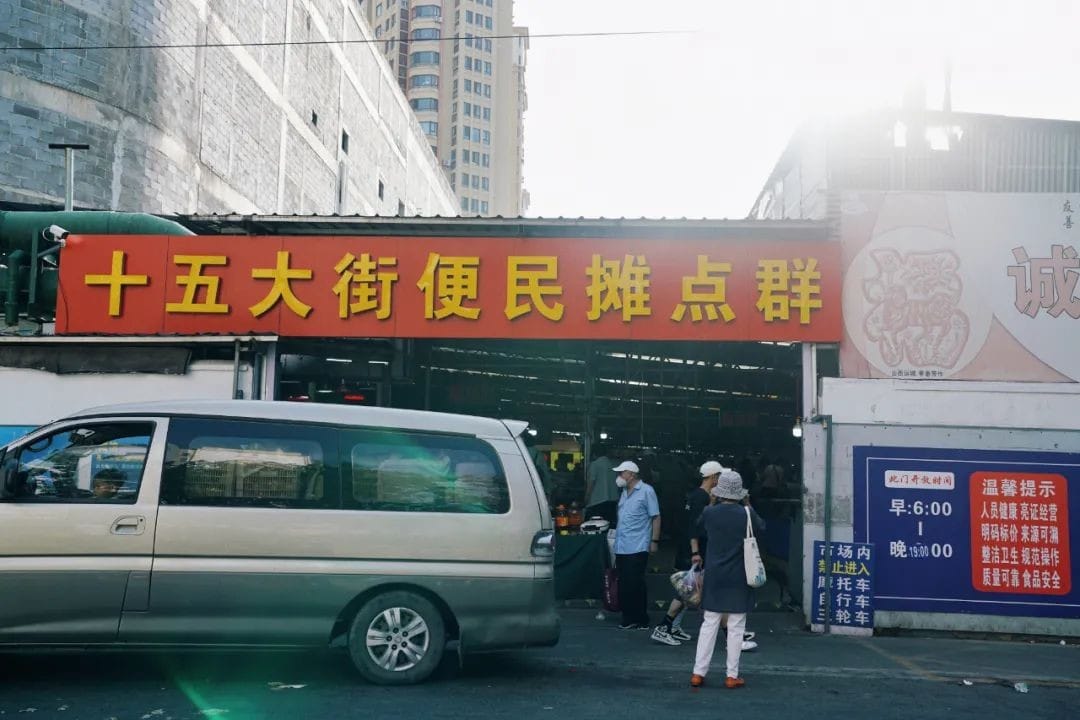
The final stop, 【Yakou Station】, is a standalone attraction. After alighting and passing the ticket inspection, you can turn left to reach Xiaqing Palace or turn right to climb the mountain to Shangqing Palace, Mingxia Cave, Yaocan Pool, Pantao Peak, and other scenic spots.
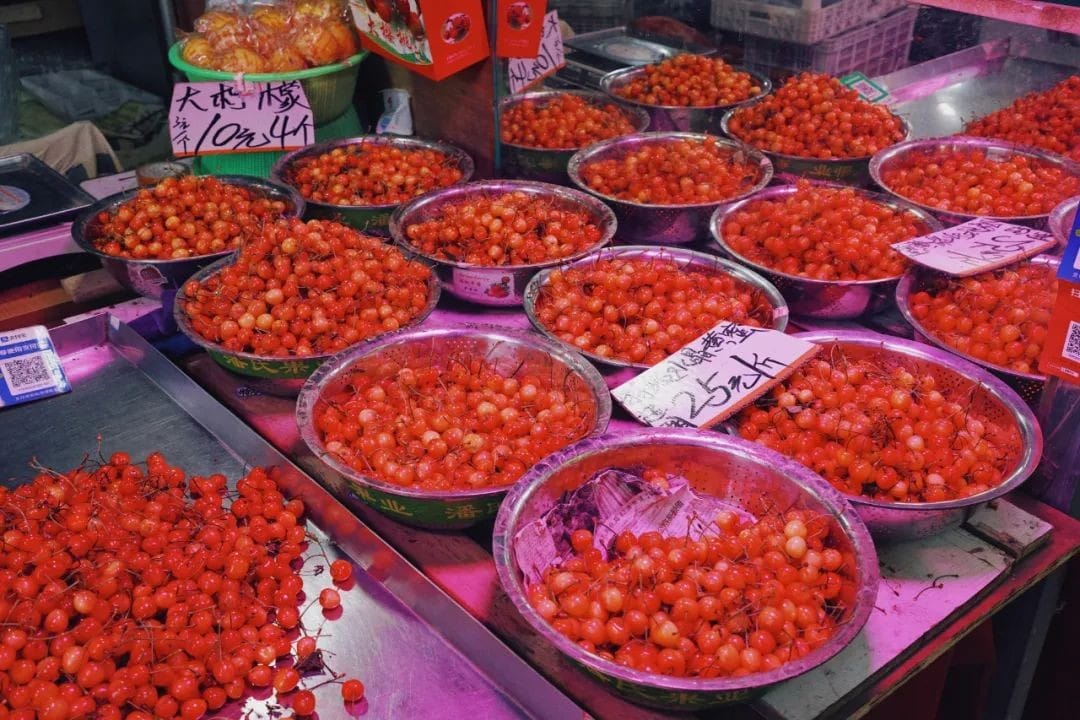
If climbing sounds too tiring, you can also take the cable car directly up the mountain, which goes straight to Yaocan Pool and Pantao Peak.
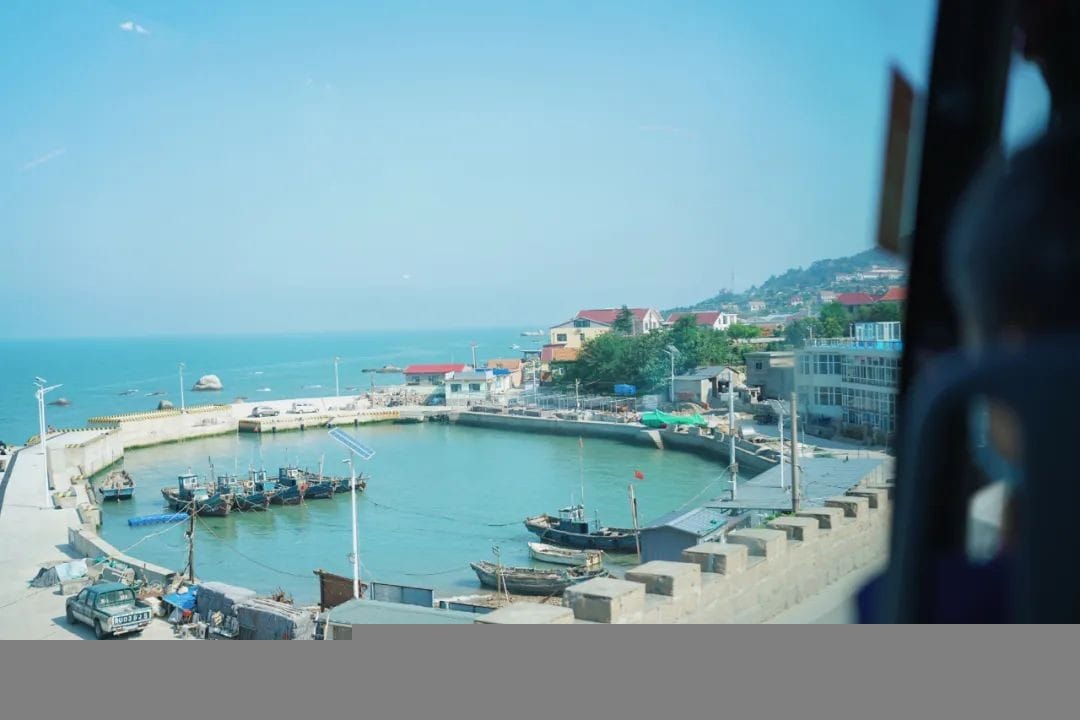
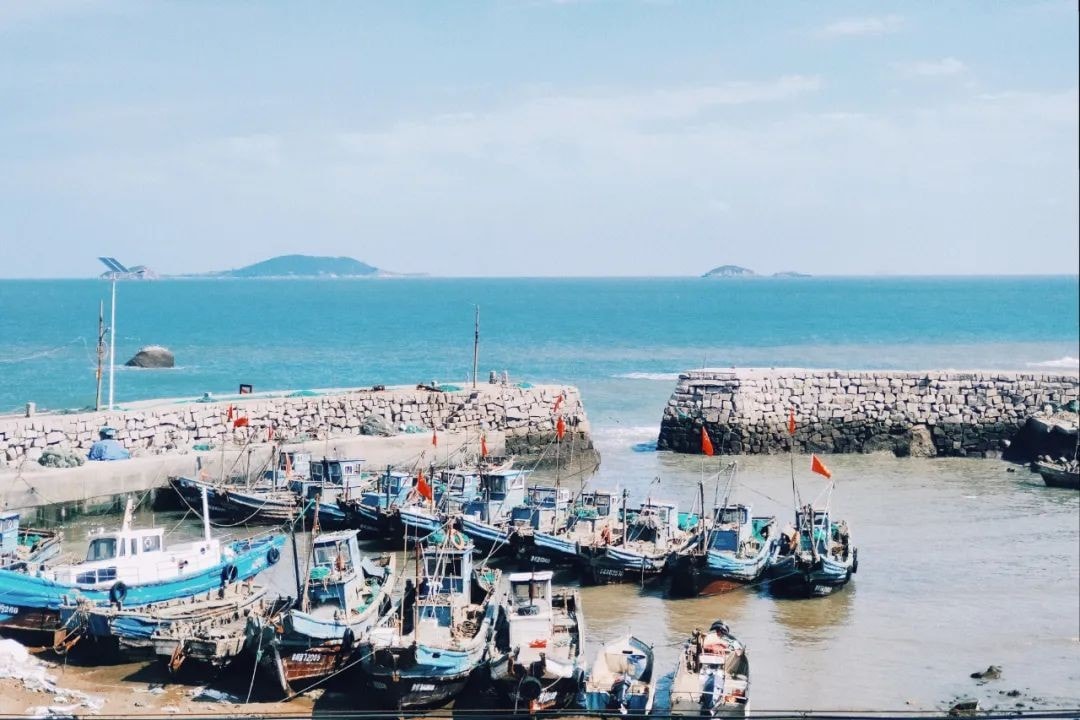
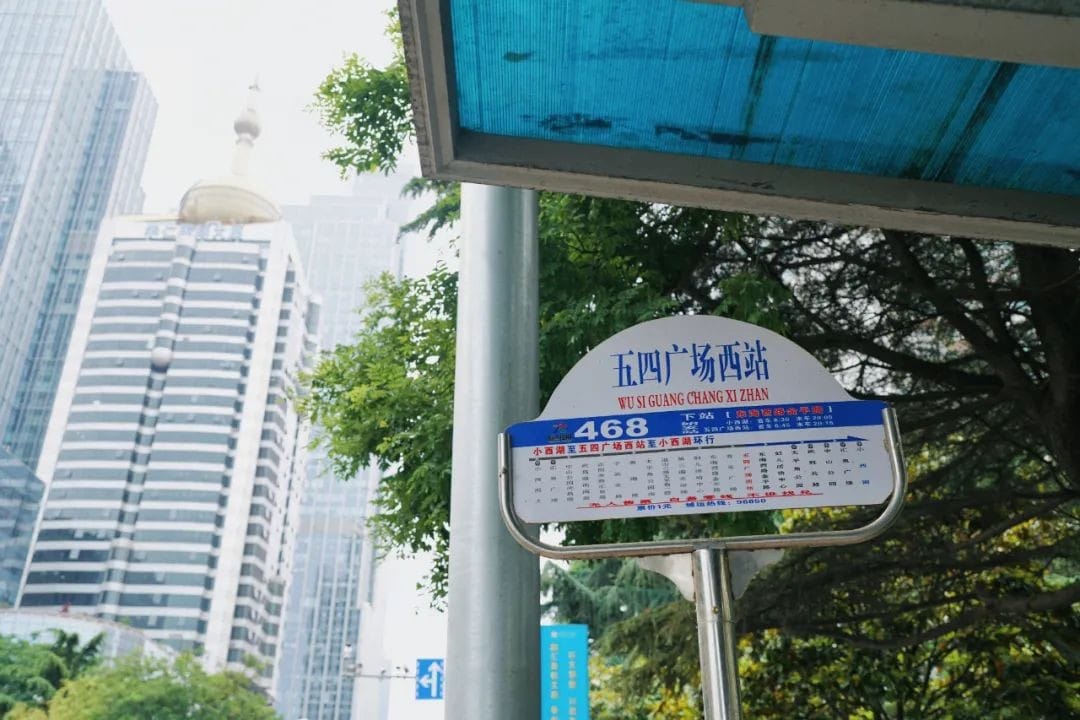
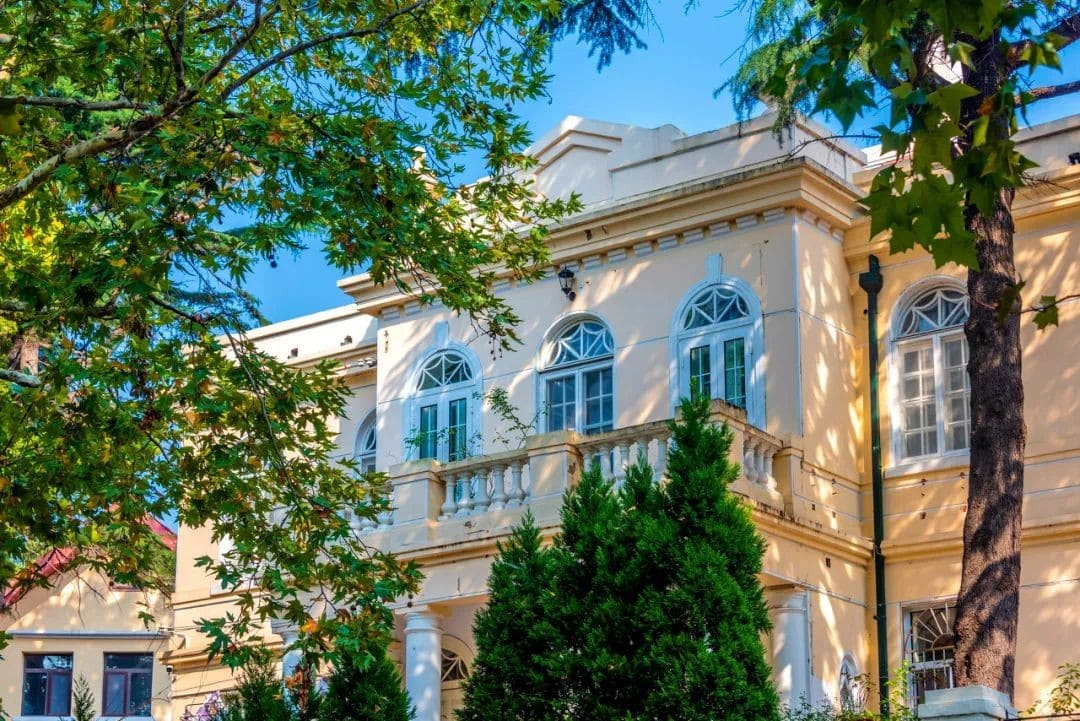
When taking Route 618, I suggest riding from the starting point at Yangkou directly to Yakou and then descending the mountain. When you’re tired, you can board the bus to leave, which is more efficient.
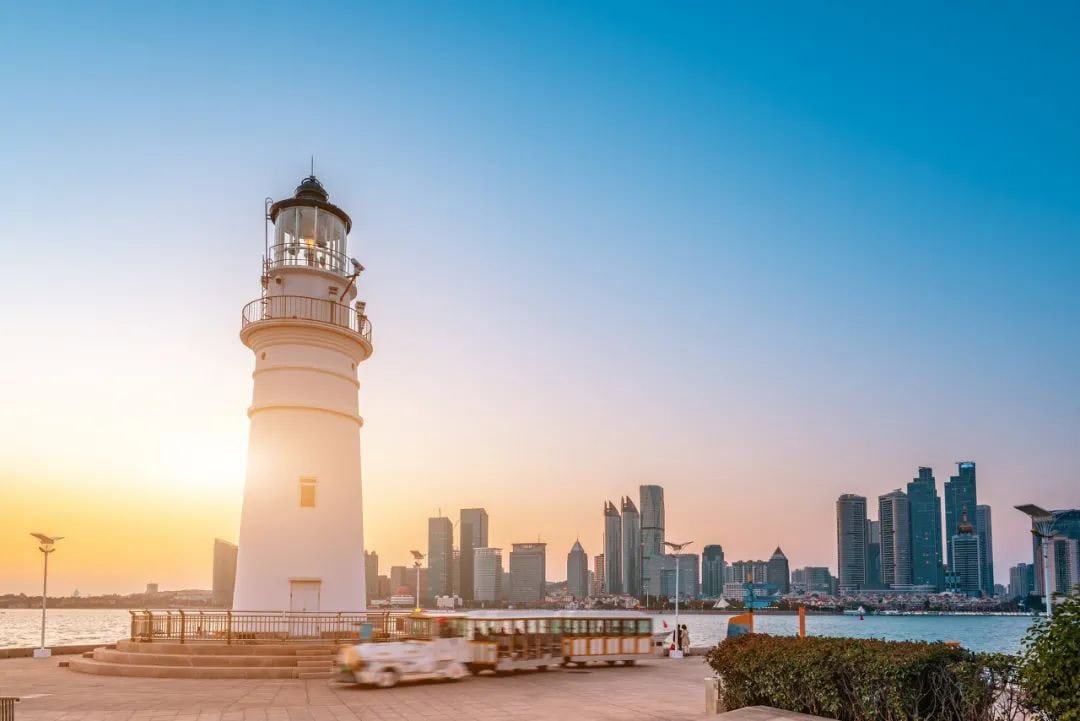
Remember to sit by the left window on the ascent and by the right on the descent.
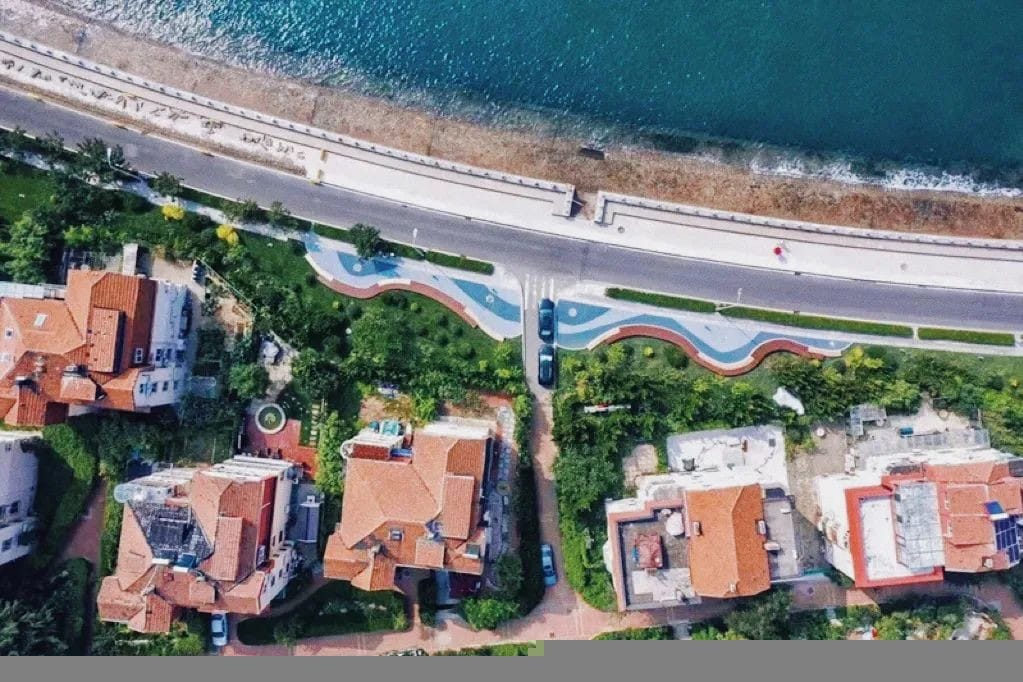
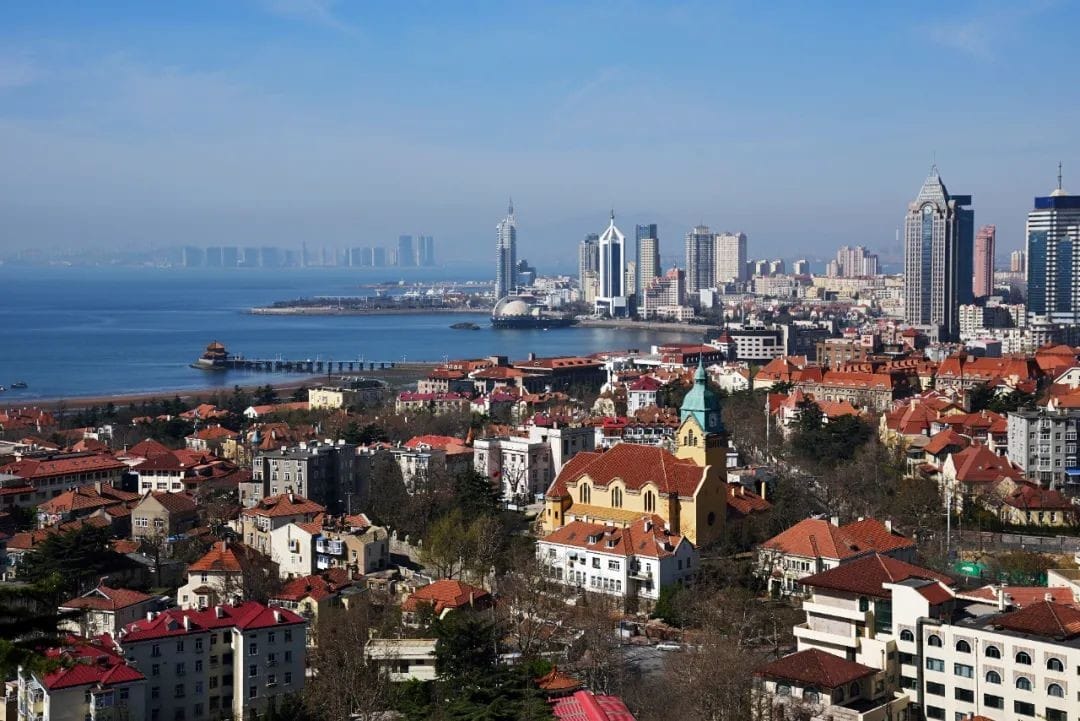
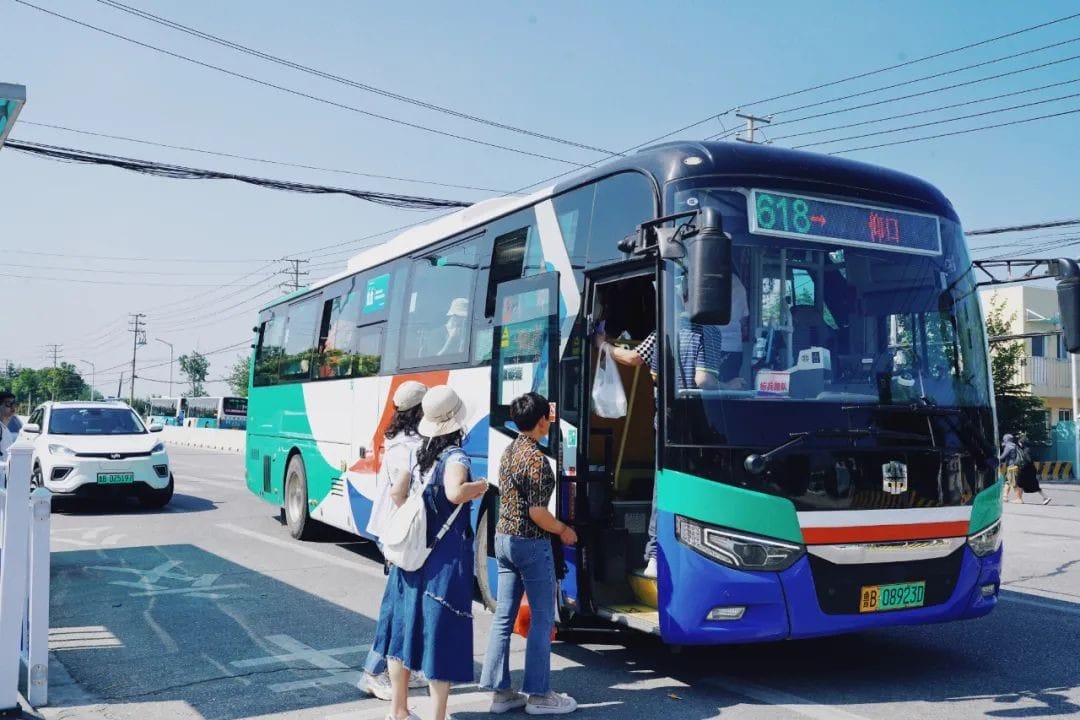
I’ve heard that the scenery along this route is even more beautiful in the spring. Many of the trees planted along the roadside are cherry and apricot trees, blooming around March to April.
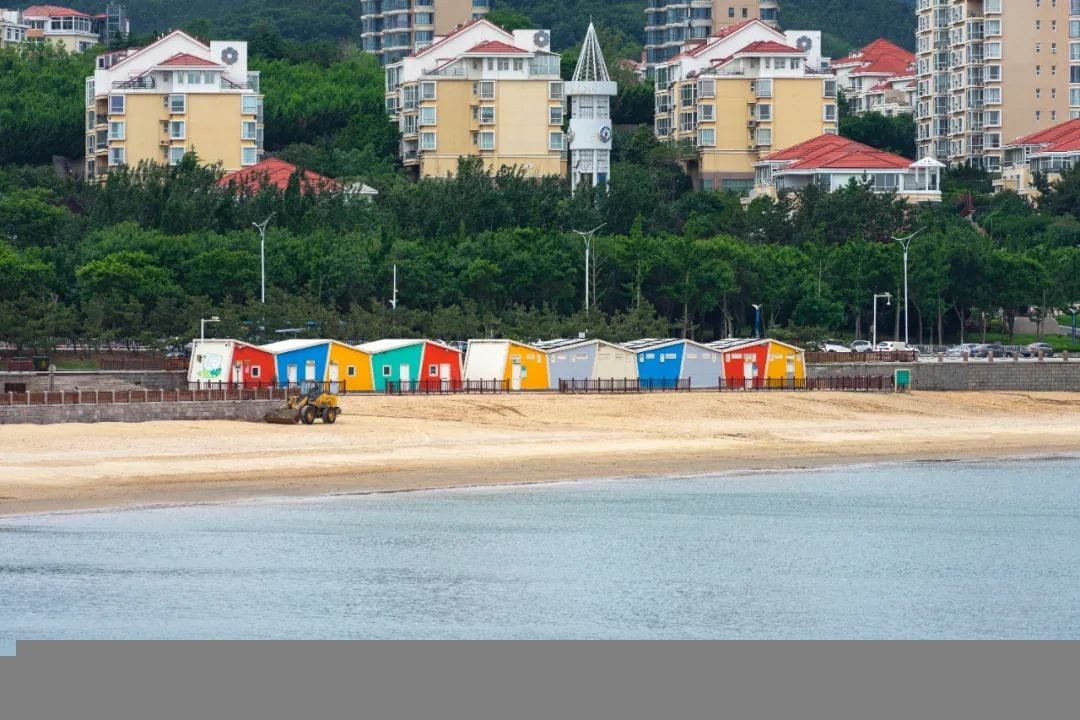
If I get the chance, I would love to take Route 618 again in Qingdao during the spring.
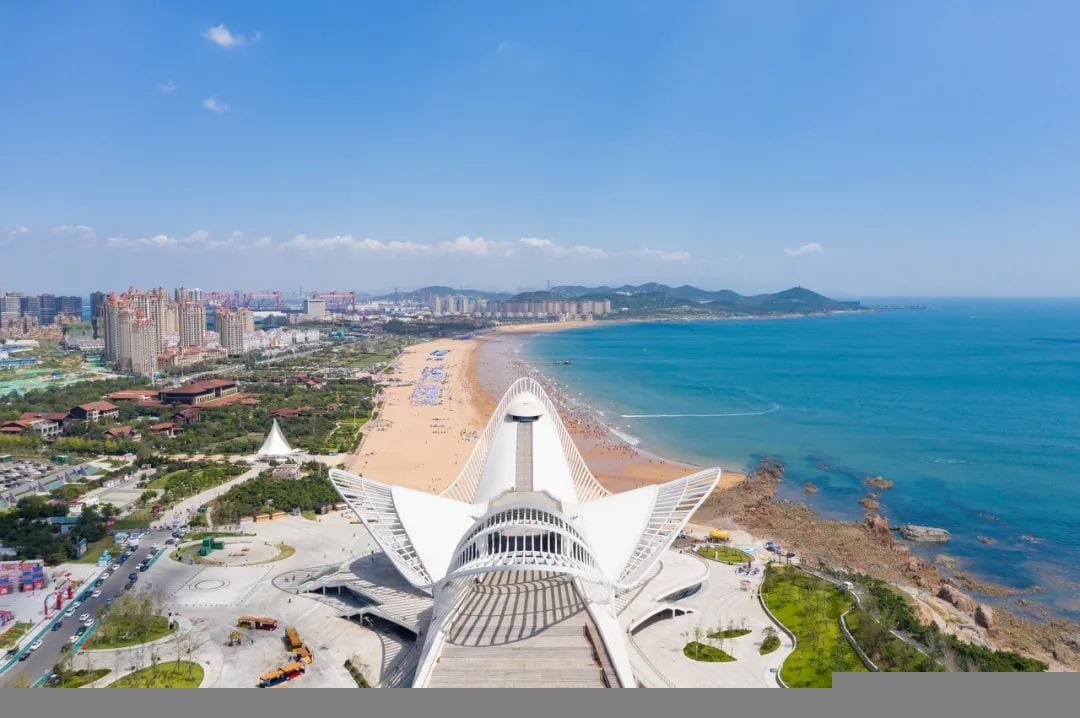
🚌
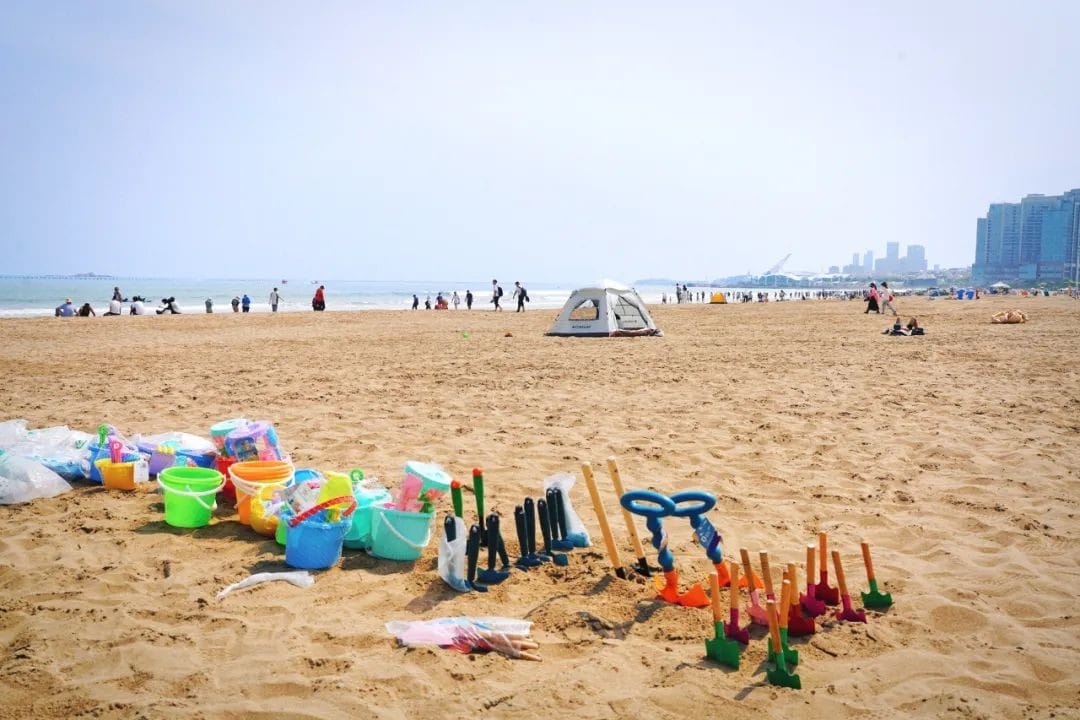
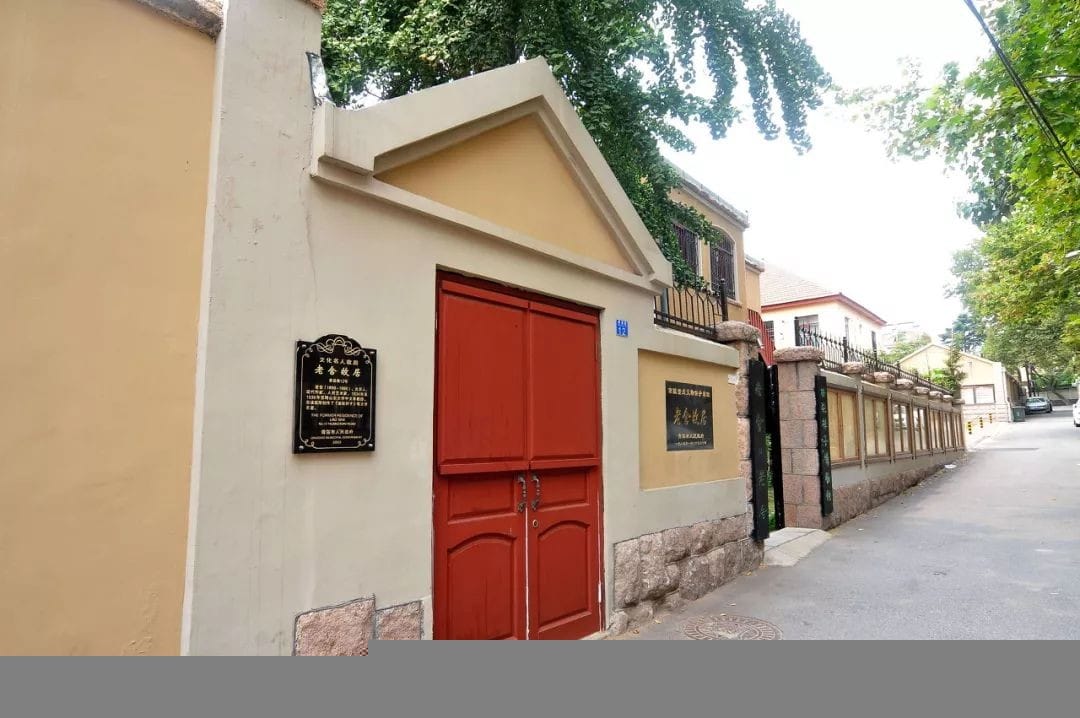
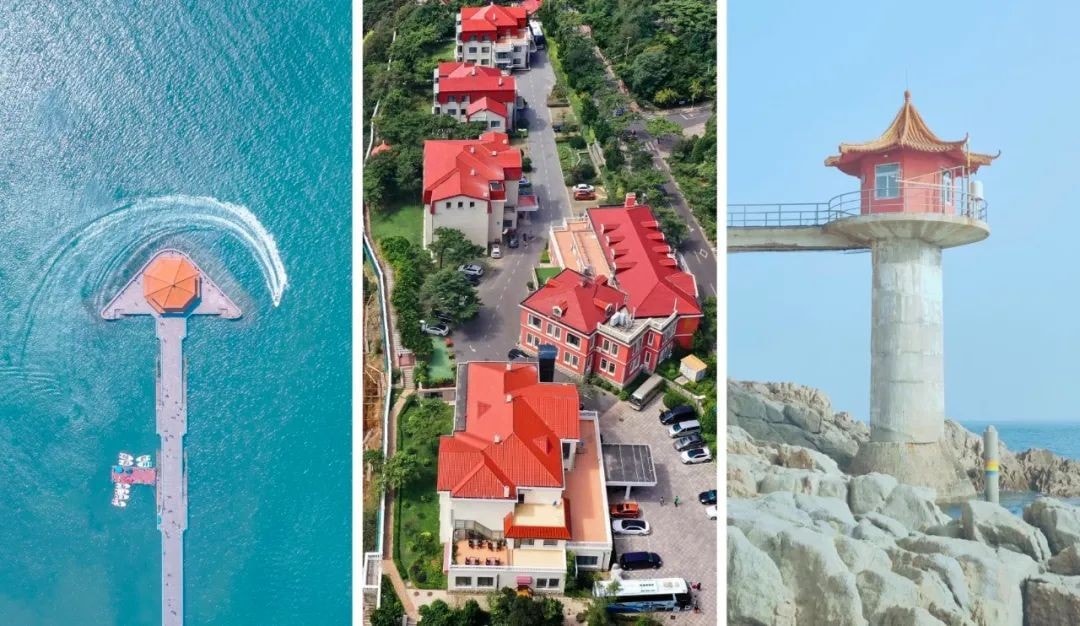
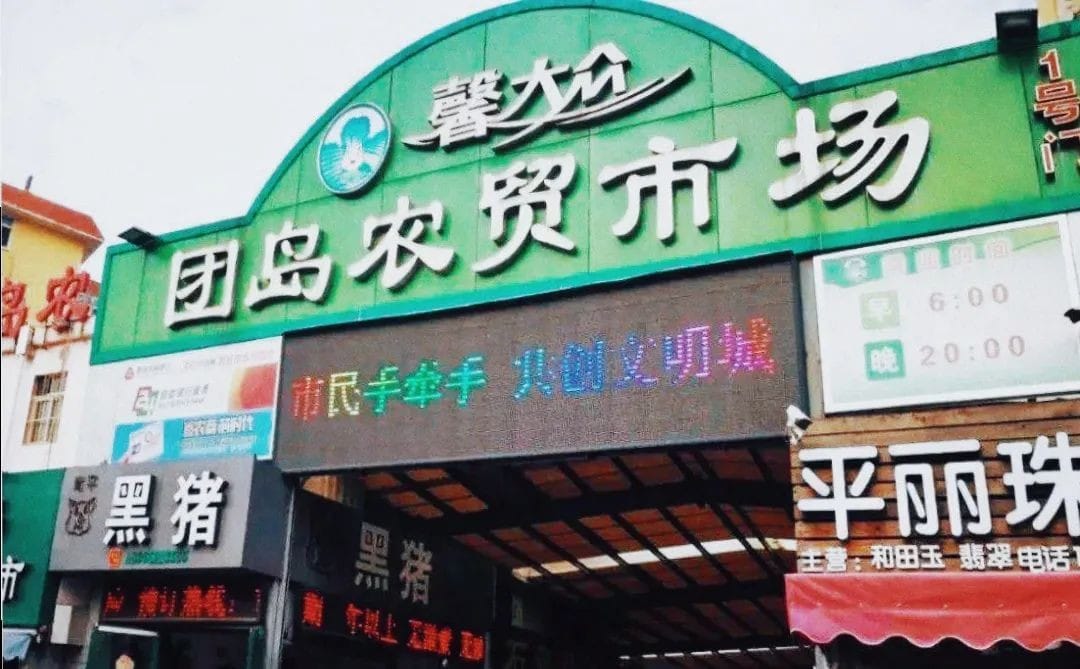
Route 468
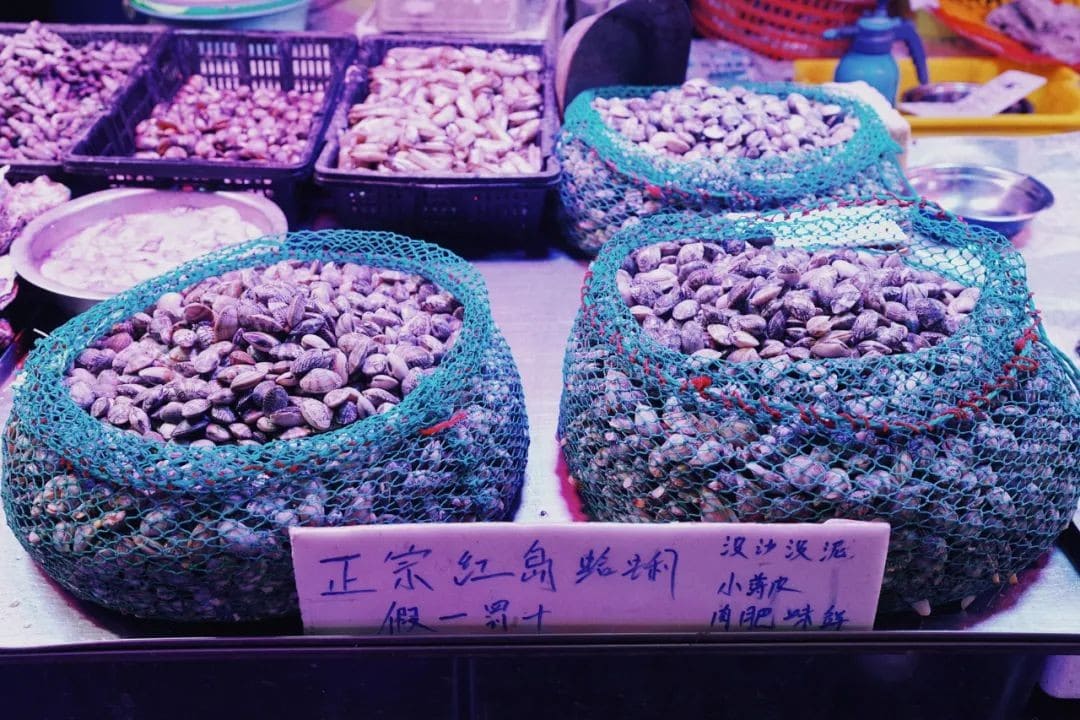
“The City Sightseeing Concentration Bus”
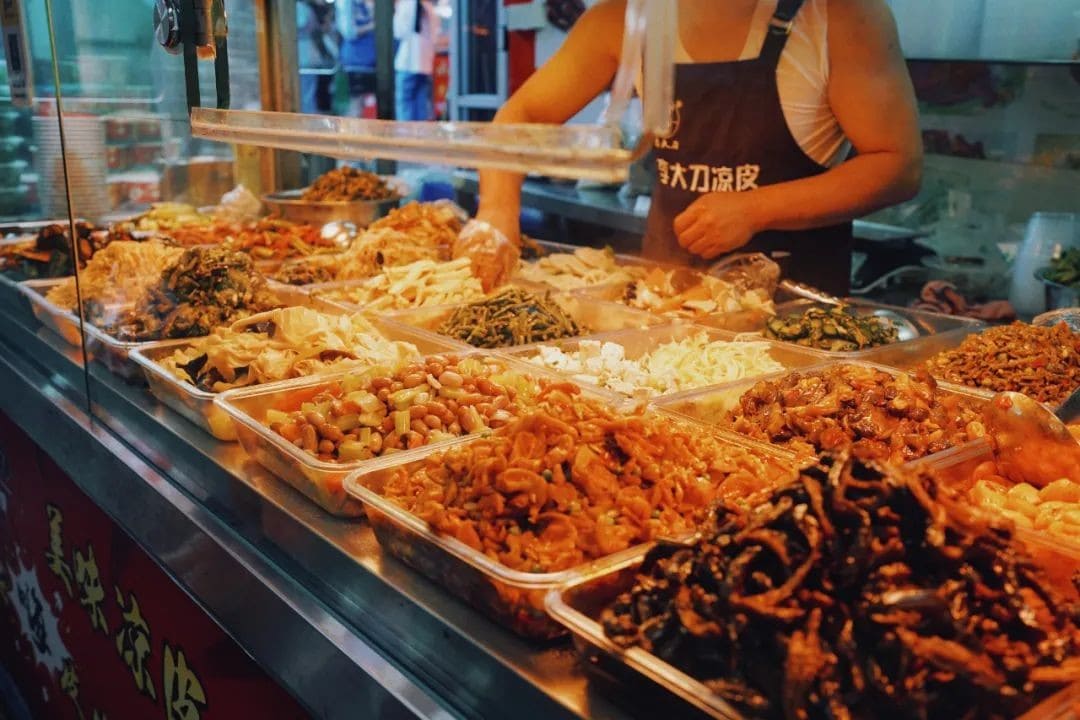
Before Route 618 rose to fame, Route 468 was probably Qingdao’s original “most beautiful bus line.”
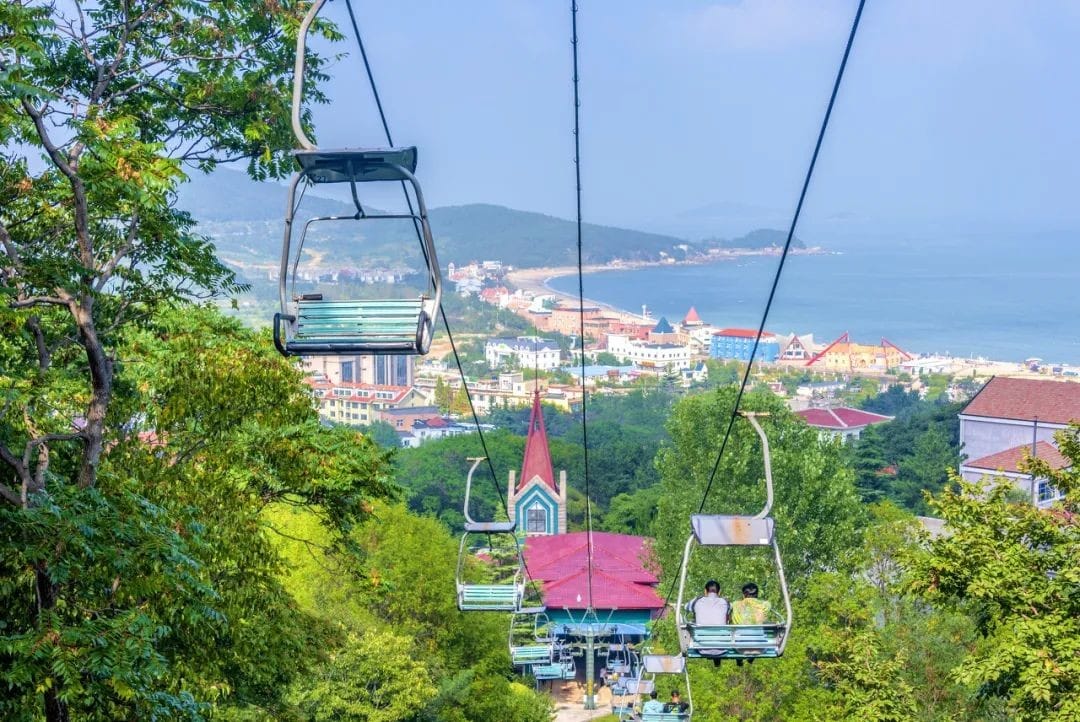
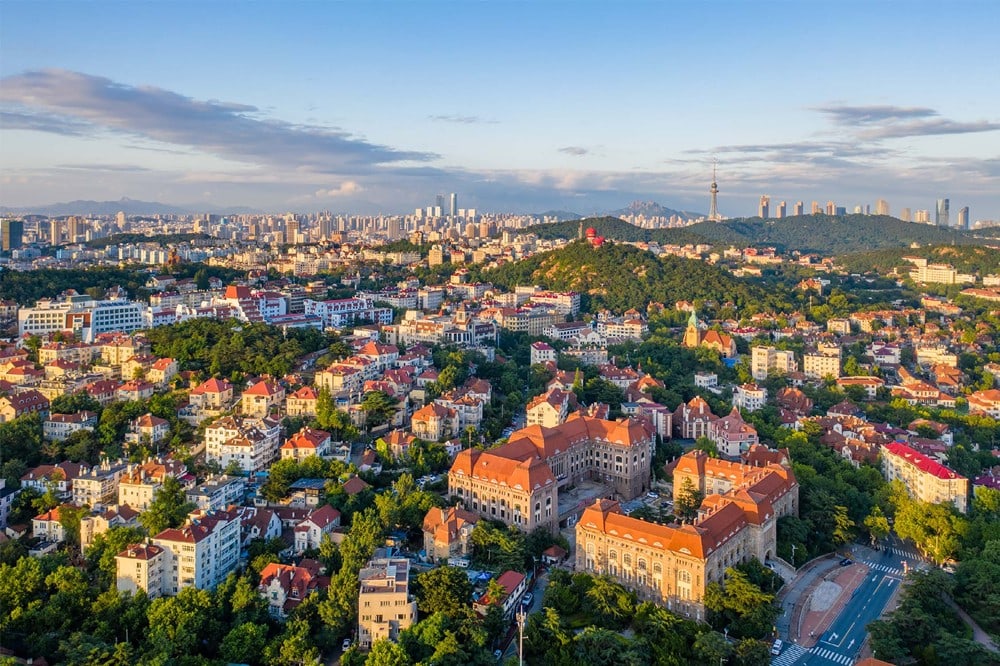
This is a circular bus route, starting from Xiaoxihu in the west and ending at Wusi Square in the east. The straight-line distance between the two ends is just over 3 kilometers, but it covers most of the major attractions in the city, offering a particularly concise and concentrated tour.
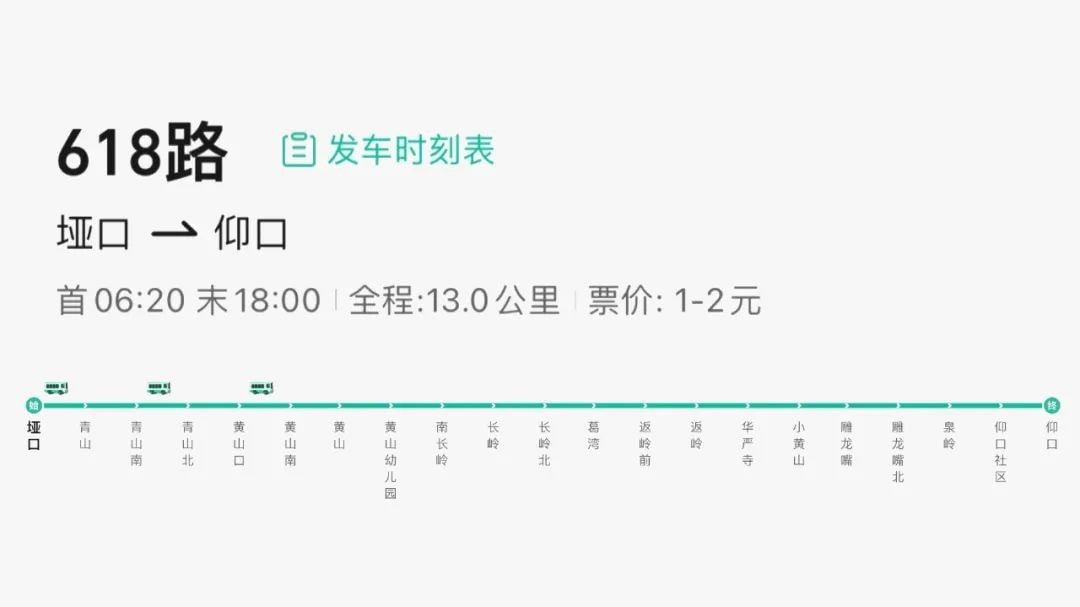
The entire journey on Route 468 takes about 30 minutes, and almost every stop is a tourist attraction. Let me list some “landmark attractions” that everyone visiting Qingdao for the first time generally heads to.
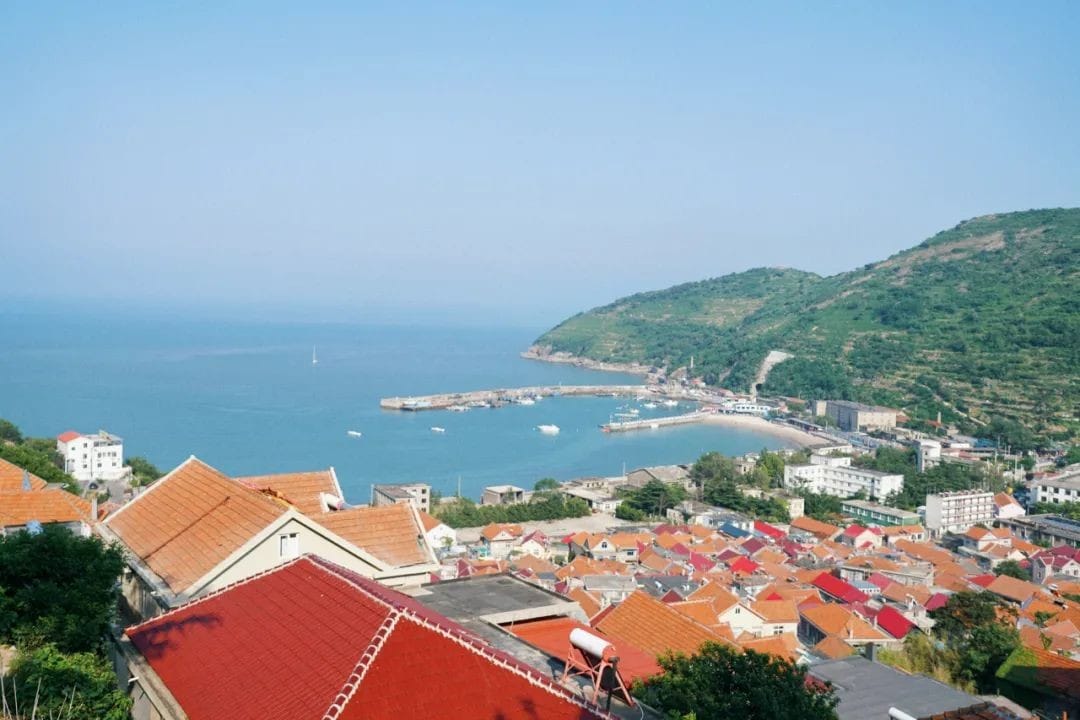
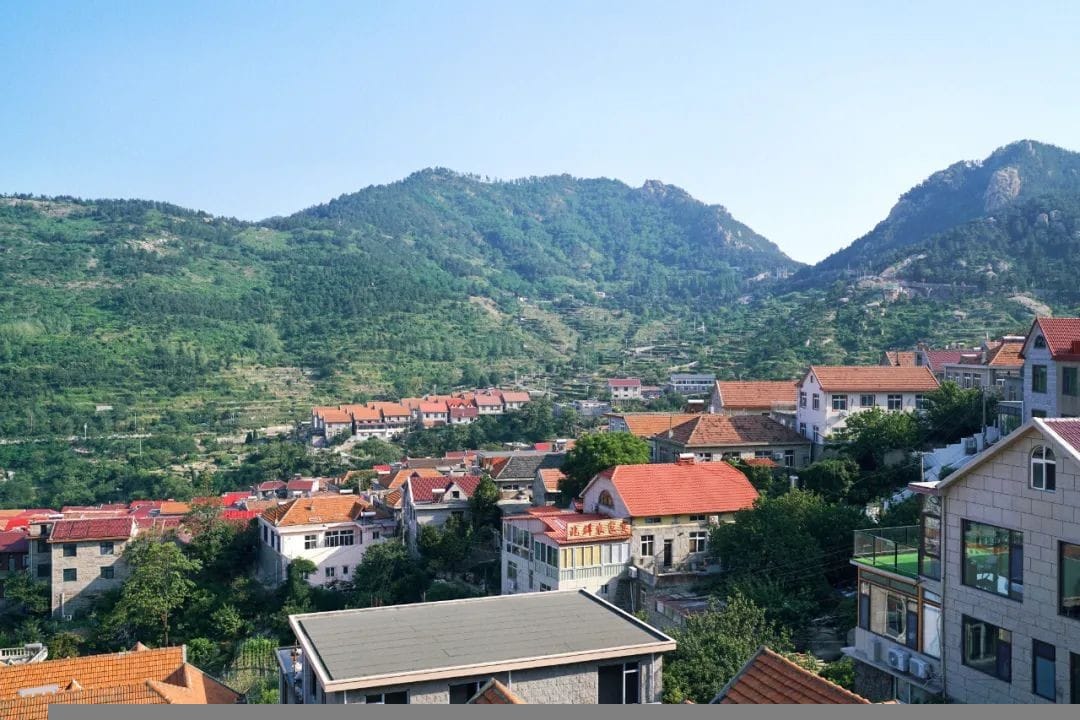
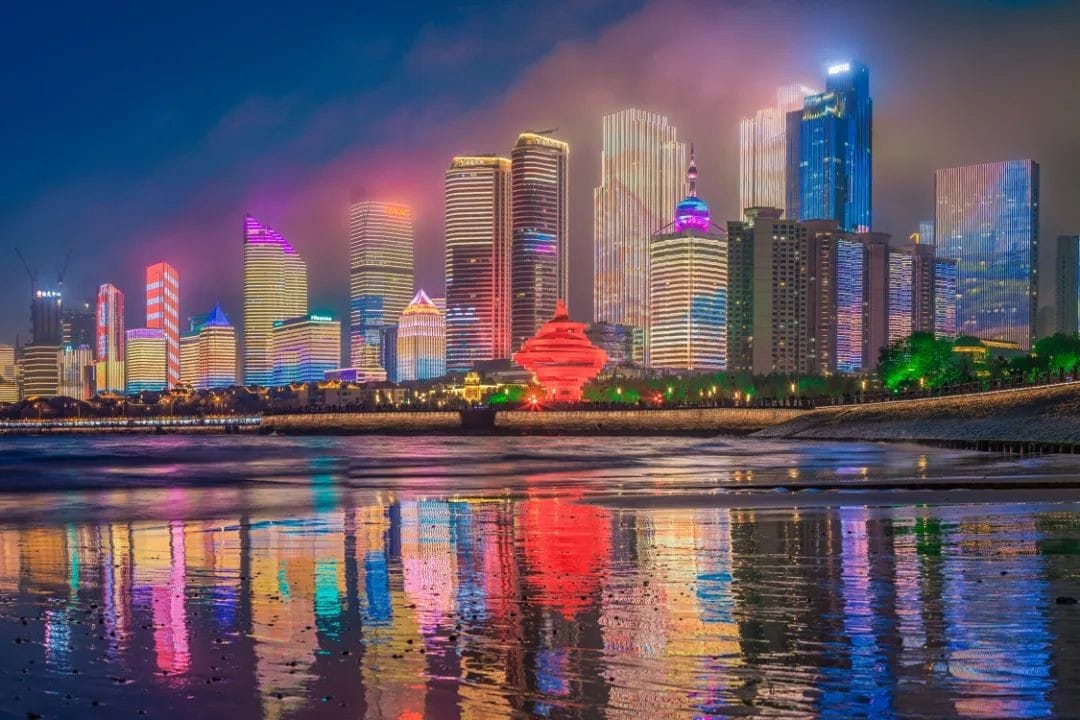
Badaguan is a district named after eight famous passes of the Great Wall. It covers a vast area and is served by many bus routes, but Route 468 is the only one that traverses through its core scenic area.
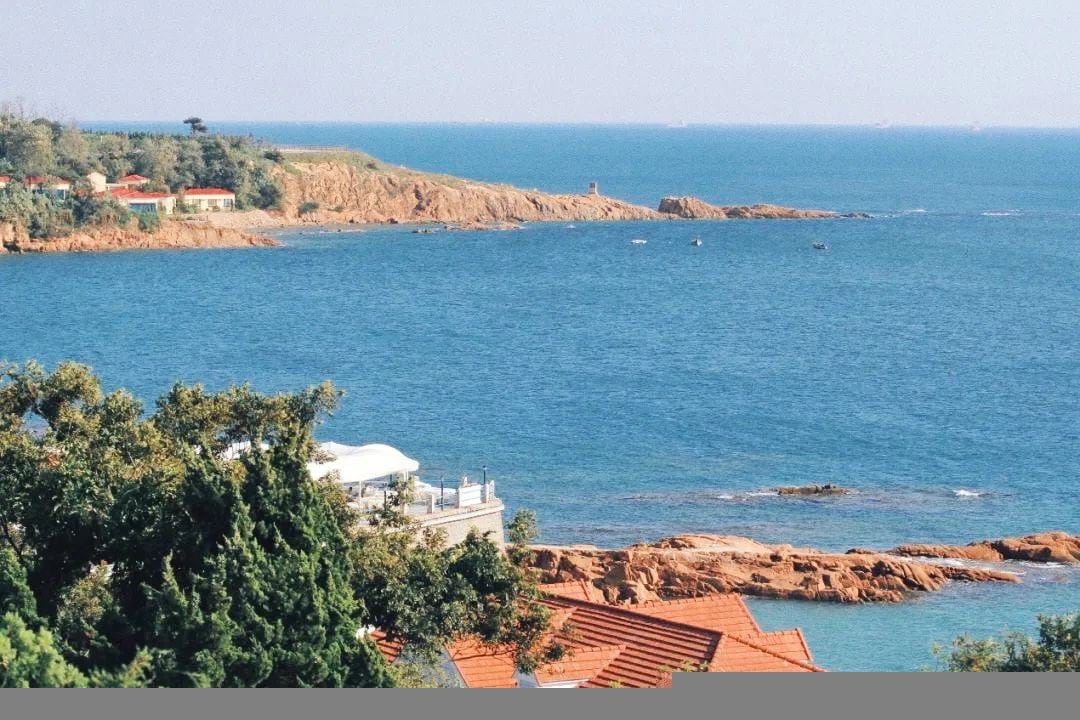
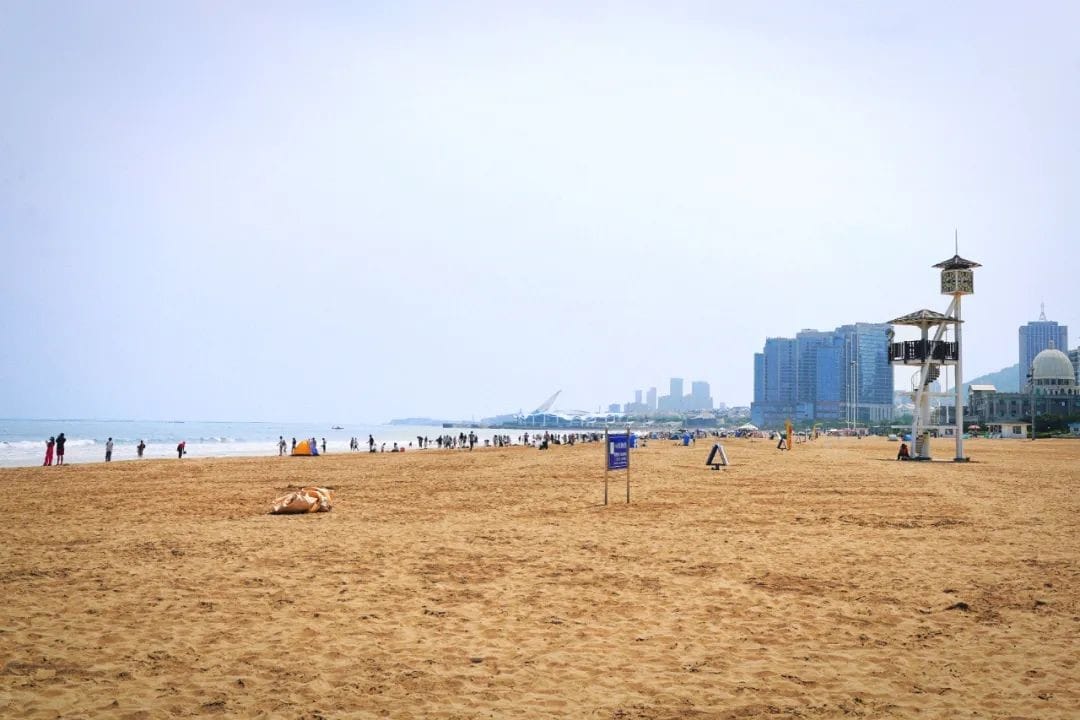
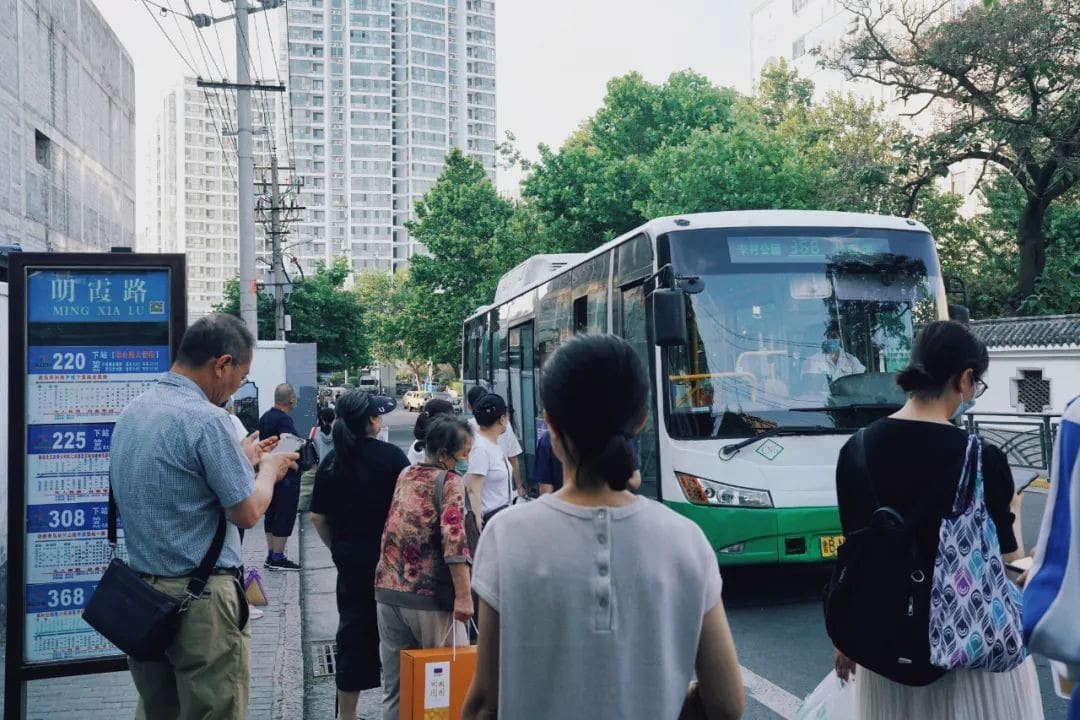
Entering from Nanhai Road into Zhengyangguan Road, stops like 【Zhengyangguan Road – Huiquan Road】, 【Wushengguan Road】, and 【Ningwuguan Road】 all fall within the Badaguan scenic area.
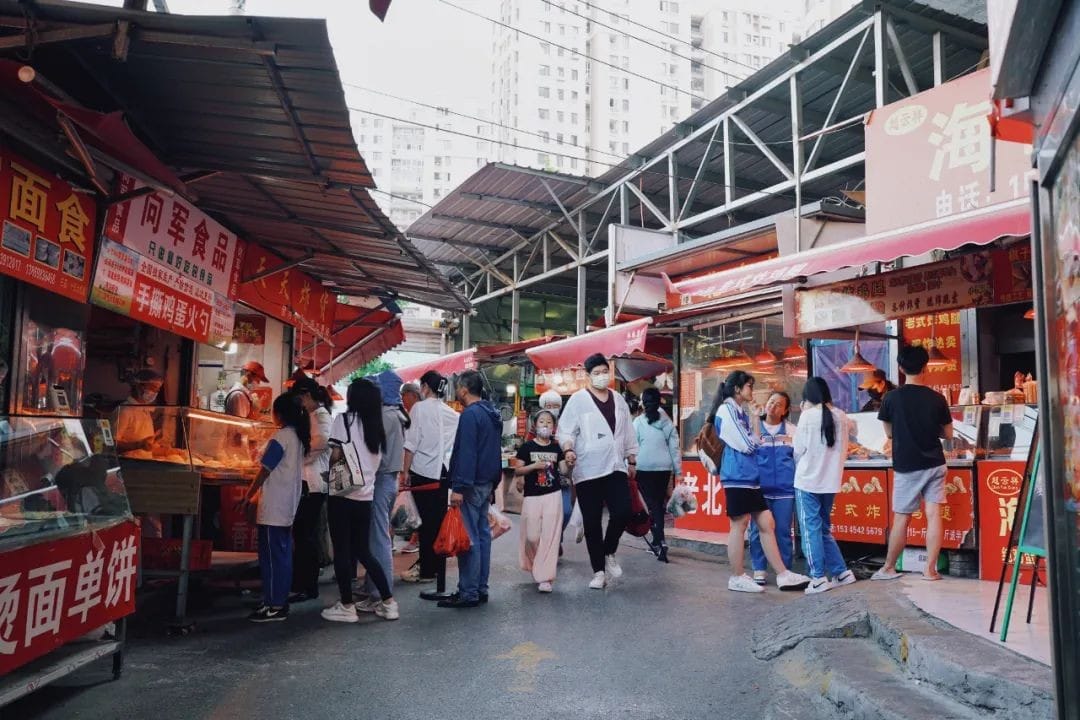
Upon alighting, take your time exploring Badaguan. The district’s highlight is its collection of architectural styles from over twenty countries.
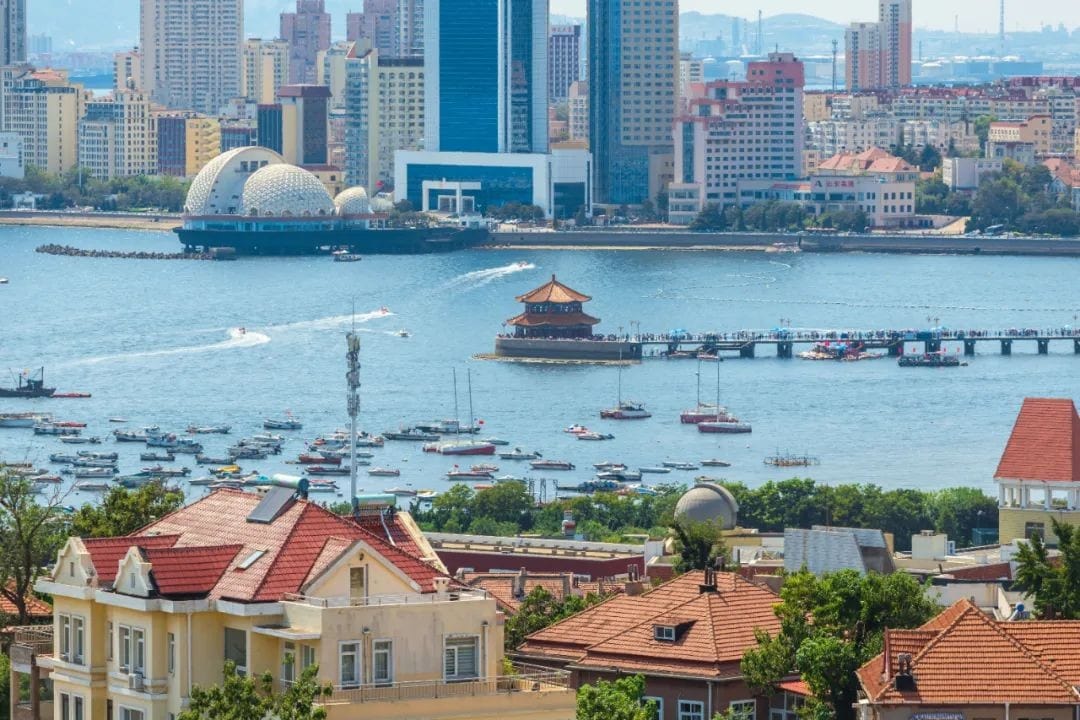
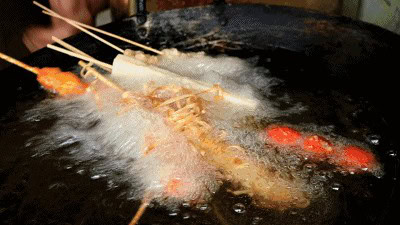
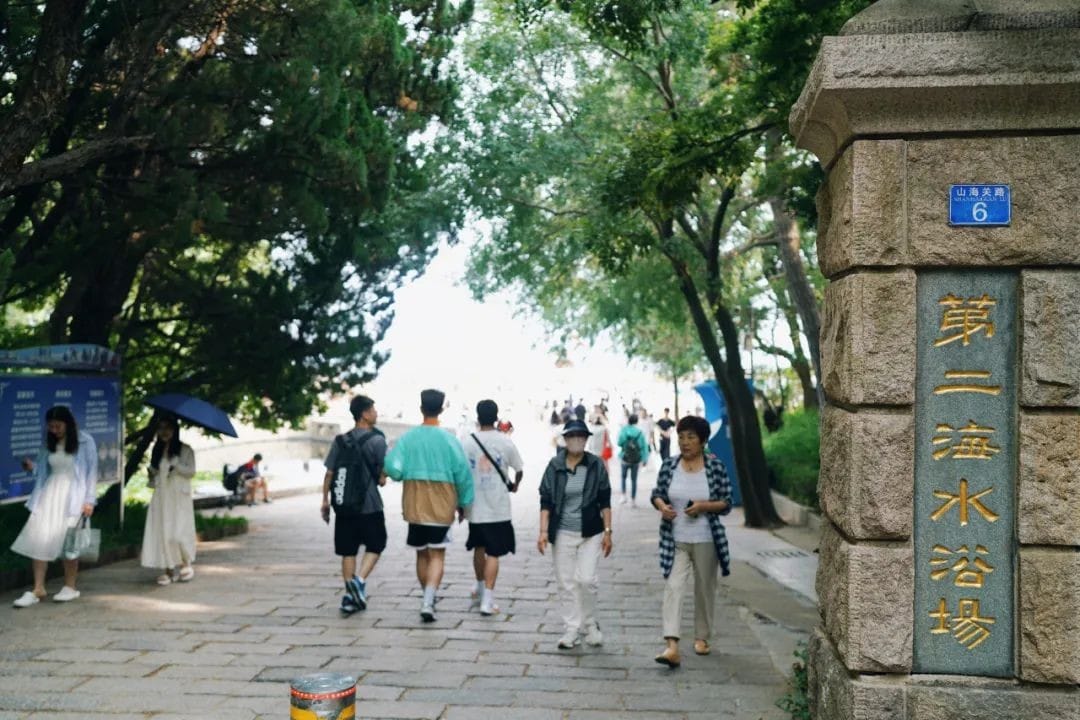
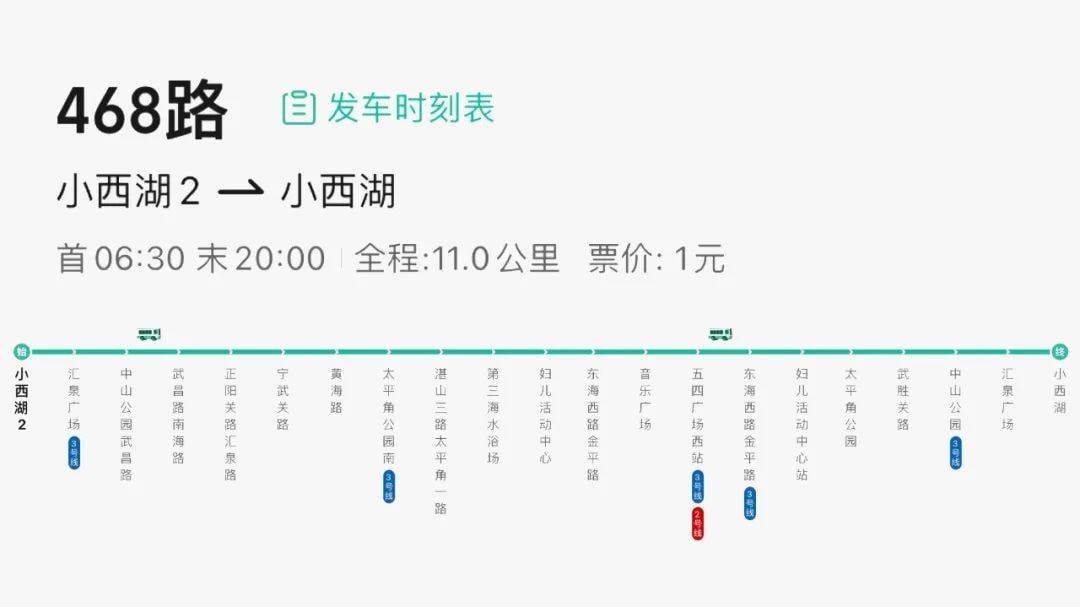
Although most of the cultural heritage buildings are not open to the public, the red tiles, green trees, blue sea, and blue sky create a picturesque and representative view of Qingdao.
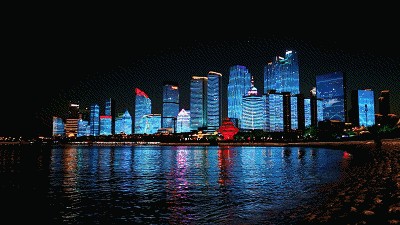
# Translation
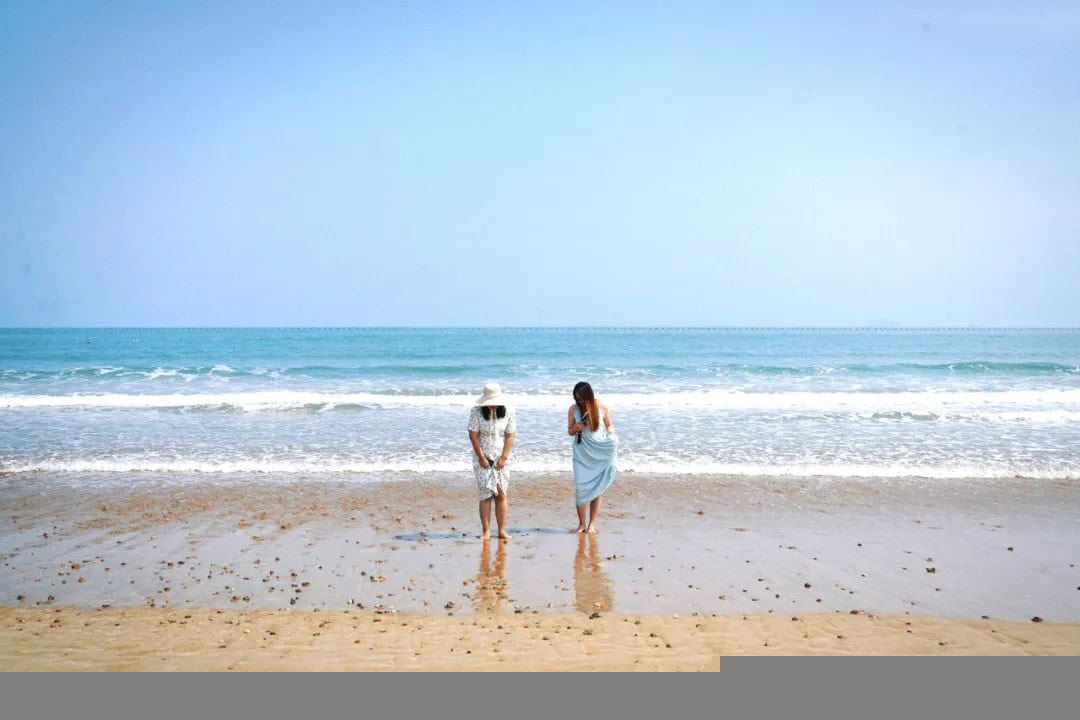
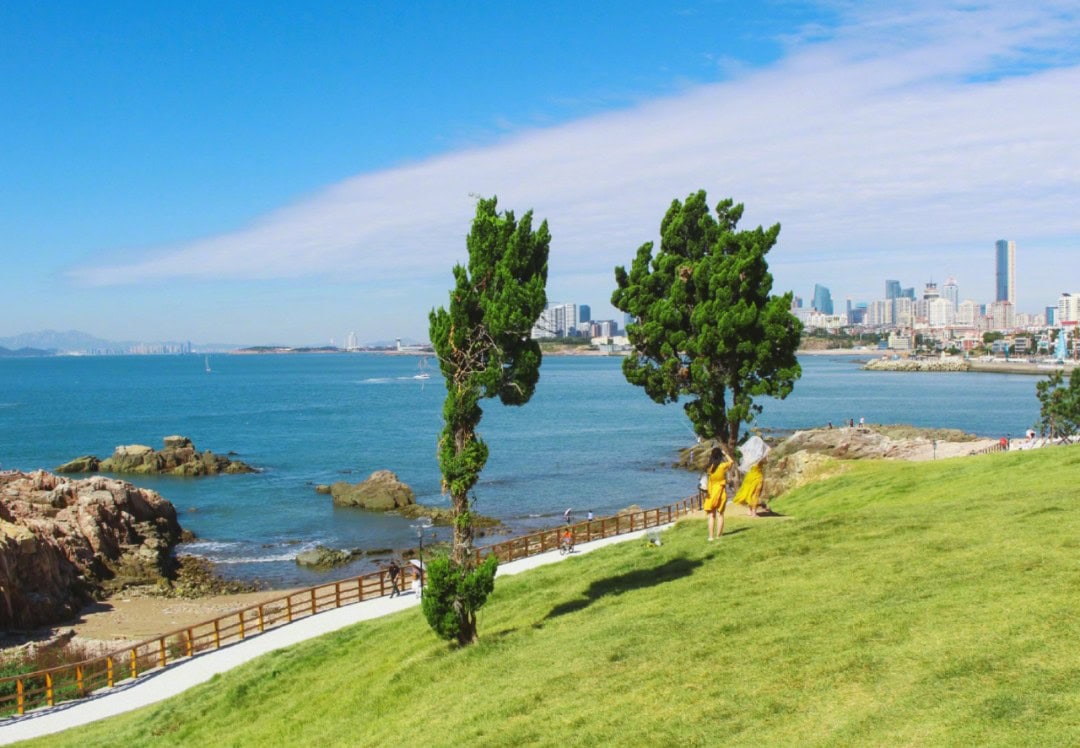
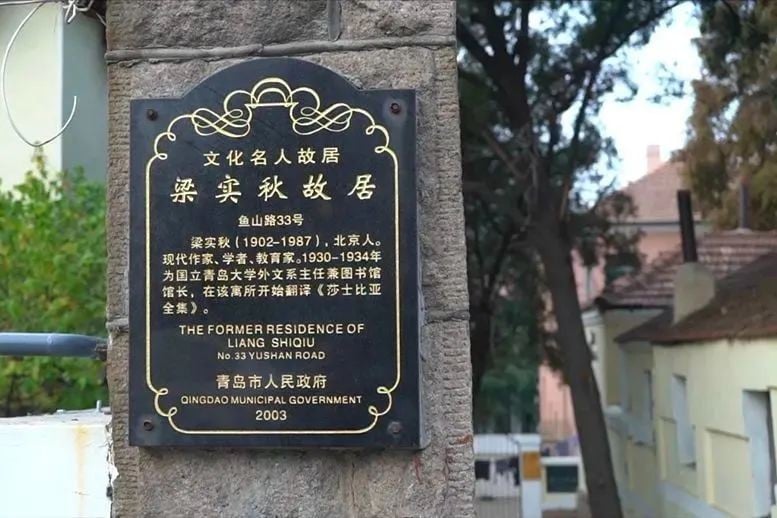
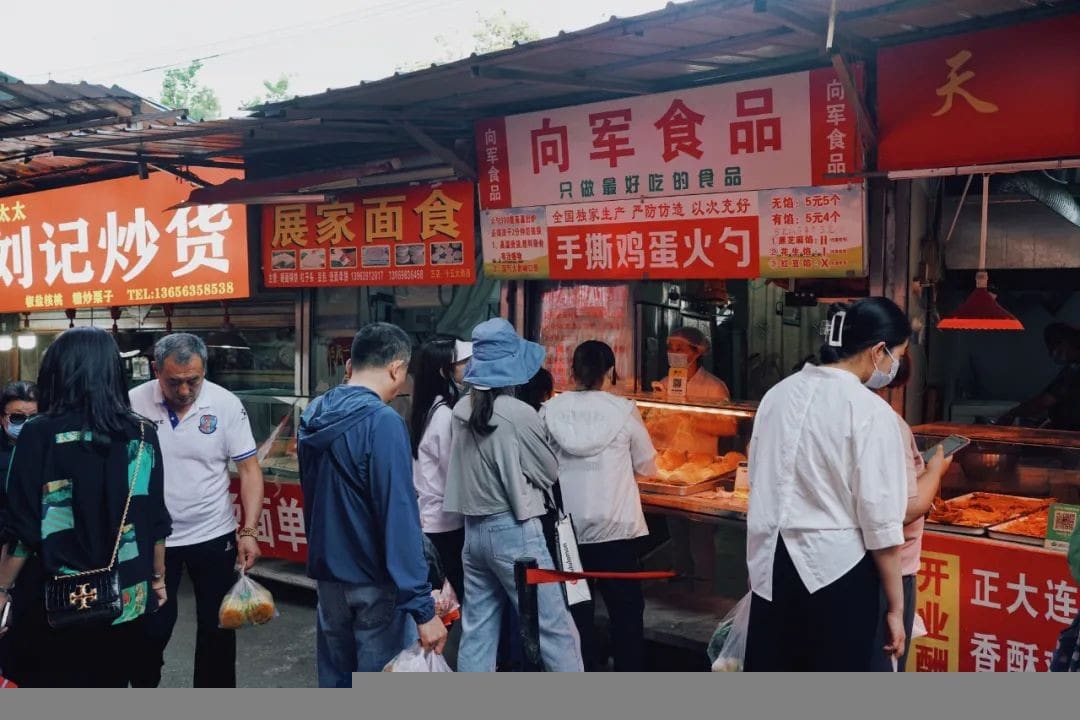
You can walk directly from Badaguan to the Second Bathing Beach. I went there on a weekday afternoon, and it was already crowded like dumplings in a pot.
The 468 bus actually has a stop at the Third Bathing Beach, and the background of this beach is the international architecture of Taipingjiao, which is very scenic. I saw many couples taking wedding photos there.
If you want to go to Taipingjiao, just take the 468 bus and get off at Taipingjiao Park.
Taipingjiao is most famous for its autumn scenery. There are very few tourists in the summer, probably because there are so many places to see the sea in Qingdao. Actually, the coastal walkway in Taipingjiao has pretty good views.
If you go further west from the Third Bathing Beach, you will reach one of the core areas of Qingdao, May Fourth Square, which is connected to the Olympic Sailing Center.
Opposite the Olympic Sailing Center are the Lovers’ Dam and the White Lighthouse, which you have probably seen in countless photos of Qingdao.
During the day, you can take a walk along the coastal walkway.
May Fourth Square is a bustling urban area with many restaurants and coffee shops to choose from, but I think the sea view is just average.
At night, there are light and fountain shows in Fushan Bay from April 16 to August 31, from 19:40 to 21:00, with light shows at 20:00 and 20:30. The night view here is also pretty good at other times.
I recommend visiting May Fourth Square in the evening. The coastal walkway is too sunny during the day, and it’s just right to come near sunset.
As the starting and focal point of the loop, Xiaoxihu is actually inside Zhongshan Park. It has been built for over a hundred years and is still the largest scenic lake in Qingdao.
Zhongshan Park is a famous spot for cherry blossom viewing in spring and a place for residents to relax and stroll at other times.
I don’t think the scenery is particularly captivating, but it’s more about the sentiment of the place.
For a first-time visitor to Qingdao, I highly recommend taking the 468 bus. You can also follow the route of the 468 bus and explore along the way.
If you expand on the stops of the 468 bus, it actually becomes an authentic Qingdao travel guide.
🚌
316/317 Bus
“Super Long Sea View Bus”
The beauty of Qingdao is inseparable from the sea. Besides the 618 bus, the most famous sea view buses in Qingdao are the 316 and 317 buses.
The 316 and 317 bus routes basically run along the coastline of Laoshan District and Shinan District, with long stretches of the journey right next to the sea.
If you take the entire route, it’s a 2-hour ultra-long sea-view bus ride. It’s feasible, but I don’t think it’s necessary to ride the whole way.
I’ll list the main attractions along the two sea-view bus routes.
Route 316: [Sichuan Road Parking Lot] 🠒 [Donghai East Road Maidao Road]: Zhanqiao, Zhongshan Park, Badaguan, Taipingjiao Park, May Fourth Square, Olympic Sailing Center, Maidao Park;
Route 317: [Tiantai Stadium] 🠒 [Shilaoren]: Zhongshan Park, Badaguan, Taipingjiao Park, May Fourth Square, Olympic Sailing Center, Maidao Park, Polar Ocean World, Shilaoren Sculpture Park, Qingdao Planning Exhibition Hall.
PS. The two routes intersect at [Wushengguan Road], [Taipingjiao Park], and [Donghai East Road Maidao Road].
There’s a popular photo spot mentioned on Xiaohongshu, located at Xilingxia Third Road, where you can capture the effect of “the road ends at the sea.”
Remember to take the bus in the direction from [Sichuan Road Parking Lot] to [Maidao Road Parking Lot], and get on at or before [Guizhou Road Chaocheng Road].
If 316 is too crowded, buses 25, 312, or 321 also cover this section.
I won’t repeat the overlapping attractions, but since these are sea-view buses, they definitely pass by the beaches. Seaside strolls and water activities are the main themes of summer, so I’ll list those as well.
First Bathing Beach 🚌 Route 316 🠒 [Huiquan Square Station]
Third Bathing Beach 🚌 Routes 316, 317 🠒 [Taipingjiao Park Station]
Sixth Bathing Beach 🚌 Route 316 🠒 [Zhanqiao Station]
Shilaoren Bathing Beach 🚌 Route 317 🠒 [Shilaoren Station]
On this trip to Qingdao, I stayed near Shilaoren Bathing Beach, which happens to be the starting point for Route 317.
Shilaoren’s location is in Laoshan District, close to Shinan District. It’s somewhat far from the old downtown but not too far.
Additionally, Shilaoren’s beach is particularly long, so it’s the least crowded of the beaches I’ve visited, and I found the experience quite pleasant.
As for choosing a beach in Qingdao, I’ve compiled an incomplete chart for reference.
To sum up:
If it’s your first time in Qingdao and you plan to visit other scenic spots, any of the main beaches (First to Sixth) would be fine.
If you want to spend more time at the beach, I recommend Shilaoren; if you plan to attend the Beer Festival, then head straight to Golden Beach.
When it comes to enjoying the sea and the beach, Qingdao’s summer will never disappoint you.
**Scenic Views from Bus 317**
🚌
**Bus 220—“Immersive Old City Tour”**
After appreciating the sea, switch to another bus and dive into the old city area.
There are numerous bus routes operating in Qingdao’s old city, and this time I chose Route 220.
The reason I picked Route 220 is that it passes through what I consider Qingdao’s artistic Signal Hill and Xiaoyu Hill areas, as well as the bustling neighborhoods of Tuandao and Xizhen, steeped in old Qingdao’s street culture.
This route fits perfectly with my interests!
Firstly, about the fascinating places along Route 220:
Get off at [Signal Hill Park], which is the highest hill in Qingdao city, although it’s only 98 meters. Despite its modest height, it has a good vantage point for sea views, making Signal Hill a popular scenic spot in Qingdao.
After visiting Signal Hill, you can either continue on Route 220 or walk directly to [Longjiang Road, University Road Stop].
After getting off, it’s about a 5-minute walk to the famous Instagrammable wall in Qingdao. Honestly, instead of waiting for a good spot to take photos, it might be better to spend your time elsewhere.
From here, I think this area is quite suitable for a Citywalk within Qingdao, with a total distance of about 5 km. If you can’t finish the walk, no worries, you can continue by bus.
What’s there to see here? A multitude of celebrity residences.
Lao She, Wen Yiduo, and Liang Shiqiu used to stroll along Huangxian Road.
On Yushan Road, there lived Ari-Wen, the German who helped establish customs in Qingdao, Wen Yiduo, the then Dean of the Faculty of Arts at Qingdao University, and the famous Chinese oceanographer He Chongben (according to the order of the street signs)… all were residents along Yushan Road.
Adjacent to Yushan Road are Fushan Road, Huangxian Road, and Jiangsu Road, where there are many charmingly decorated bookstores, cafes, flower shops, and pastry shops. Literary youths could easily spend an entire afternoon here.
Heading west to Yishui Road and Guangxi Road, this area was the commercial center during the German occupation period, with many exotic buildings preserved.
From the Qingdao Post and Telecommunications Museum and the Laoshan Mineral Water Museum to the former site of the Governor-General’s Office of Jiaozhou and numerous former foreign consulates, the architecture in this area is representative of Qingdao.
Continuing westward, you’ll reach the end of Citywalk at the Zhanqiao Pier and Zhongshan Road, which is perhaps the most crowded area in Qingdao’s city center.
For your first visit to Qingdao, the Zhanqiao Pier is a must-see, but there’s no need to visit Pichaiyuan.
Let’s return to Bus Route 220 and talk about some delicious food.
“Xizhen” is not an actual town. During the German occupation, this area was one of Qingdao’s large residential areas.
In crowded places, there’s never a shortage of good food. Restaurants in Xizhen have accompanied Qingdao’s residents from girls to women and are universally recognized as samples of “Qingdao flavor.”
Xizhen’s culinary scene has evolved over time, from early offerings like Xizhen Stinky Tofu, Xizhen Electric Grilled Meat, and Xizhen Spicy Chicken Ribs, to more recent items like Zhang’s Fried Skewers and Tianmo Huoshao. Many of these establishments have been around longer than I’ve been alive.
Additionally, with endorsements from local celebrities like Huang Bo, Huang Xiaoming, and Xia Yu, a number of classic eateries have seen a resurgence in popularity.
Among tourists, the already-popular Jiulong Restaurant, the famous dive Baiyu Restaurant, Longfuxiang Restaurant known for its 90% return rate, and the pioneer of Qingdao skewers Jianming Fried Skewers are just a few examples. There’s so much to explore that Xizhen’s culinary scene might well deserve a dedicated article.
However, I must point out that Xizhen’s eateries generally do not prioritize ambiance.
Especially in the summer, you’ll often find locals in tank tops and shorts, bringing their own plastic bags of beer. Service is basically self-serve, so it’s best to manage your expectations.
The starting point of Bus Route 220, located at Tuan Dao Road and Guizhou Road, is right at the entrance of Qingdao’s famous Tuan Dao Farmers Market.
The morning market at Tuan Dao is an absolute treasure! There’s plenty to eat, and prices are very reasonable.
I missed the morning market, so I got off at Mingxia Road, which brings you to the Shiwudajie Farmers Market, another place recommended by locals (that’s its name on the map).
Given its mission to serve local residents, it offers a wide variety of goods at lower prices overall.
Seafood here is incredibly cheap, and you can buy it and have it prepared at a nearby seafood restaurant.
This is the state of the Qingdao market during the fishing ban. Just imagine how amazing it will be when the fishing season opens in October.
As a tourist, I can’t buy ingredients and cook, but it’s definitely worth purchasing some affordable deli foods and fruits.
The deli area has so many stalls that you have to climb a slope to see them all.
From my observations, Shiwudajie Farmers Market primarily caters to locals, and prices are fair.
After leaving Shiwudajie Farmers Market, you can walk to the nearby Biaoshan Road.
This entire area is an old residential district, so you won’t find any trendy, hype-driven stores here.
Shops like Jiechanfang Roast Meat, Shiweizhai Traditional Fried Chicken, and Master Chen’s Gaomi Roasted Buns always have residents queuing up even before meal times, so the food there must be delicious.
For bus routes similar to route 220, I also recommend routes 6 and 25.
Just like a five-digit QQ number indicates “seniority,” you can tell these two routes are classic “Old Qingdao” just by their smaller route numbers.
That’s all for now on exploring Qingdao with just 2 RMB.
Because the transportation costs were so low, I ended up spending more on food and drinks. Sigh, another trip where I overindulged.
If your city also has treasure-like bus routes, don’t keep it to yourself—share them with me in the comments!
Related Reads:
The Ultimate Qingdao Guide: A Comprehensive 5000-Word Travel Guide for Qingdao
Qingdao City Walk: Spend a Whole Day Walking 20,000 Steps to Capture the Soul of Old Qingdao
Qingdao Drinking Guide: Besides Seeing the Sea and Eating Seafood, What Else Can You Do in Qingdao? Of Course, Drink Beer!
Laoshan Guide: The Wildest Sea in Qingdao is in Laoshan!
If you love traveling, don’t forget to follow and pin this WeChat public account!

